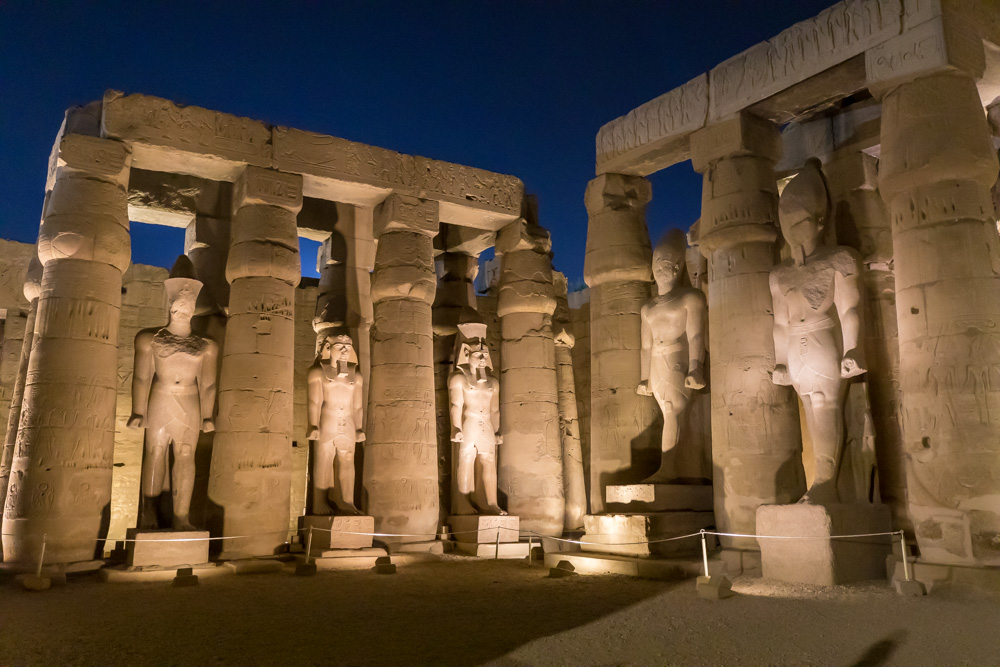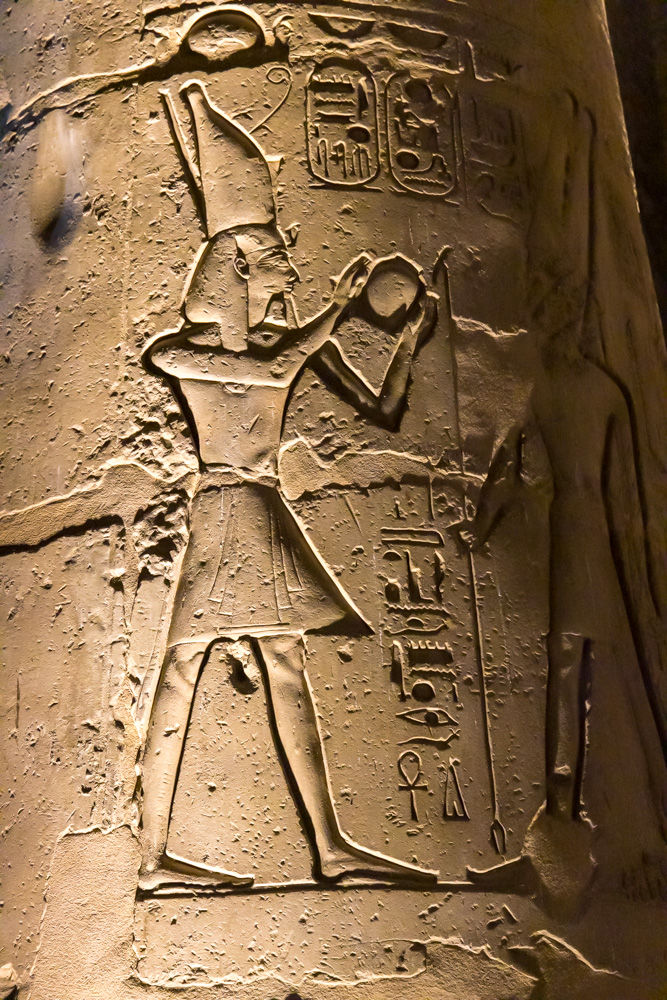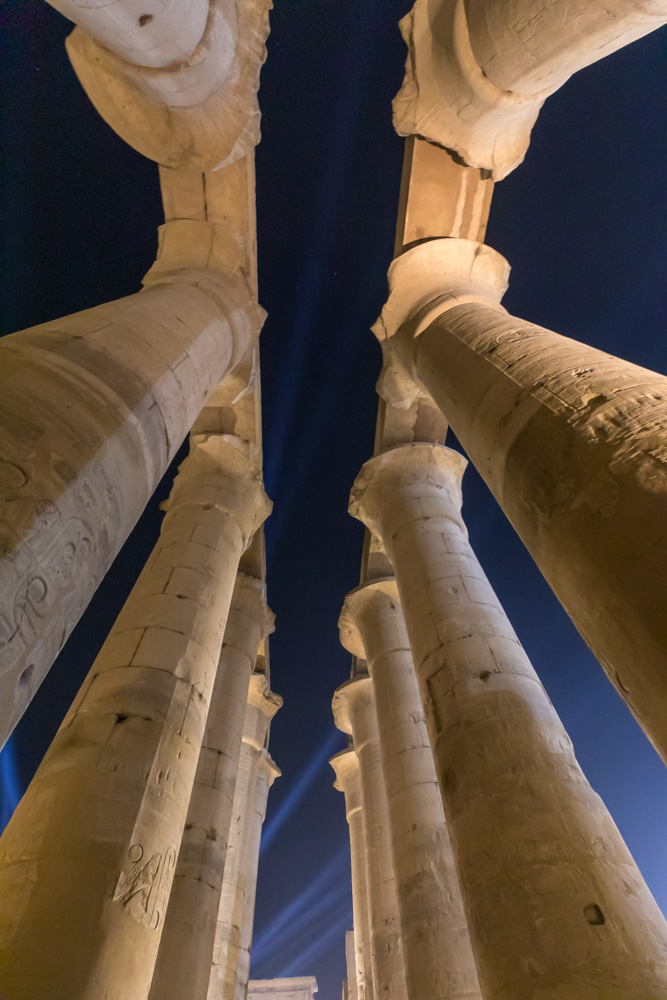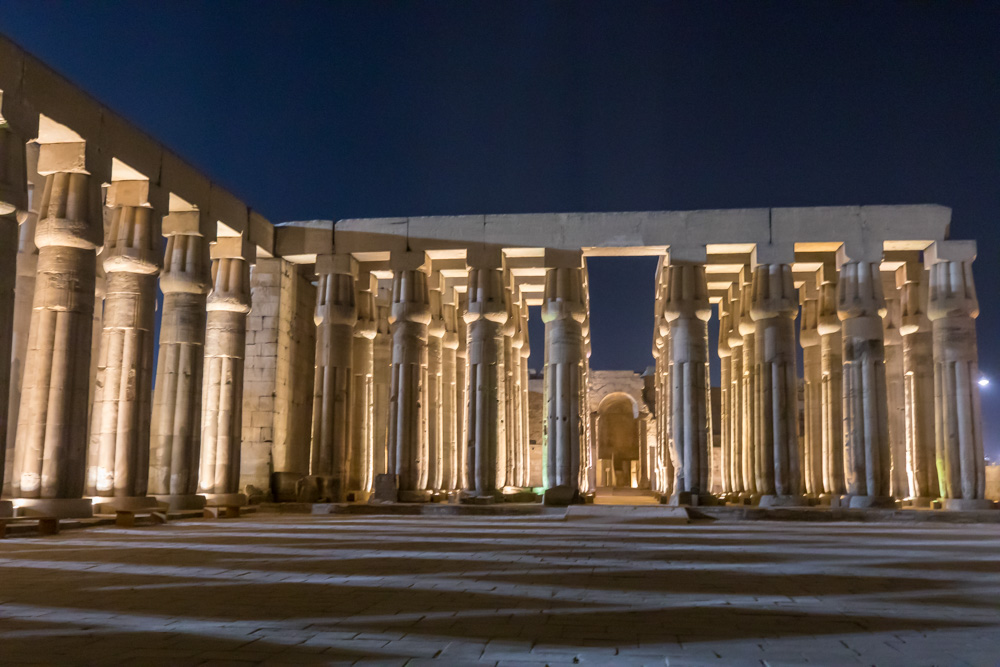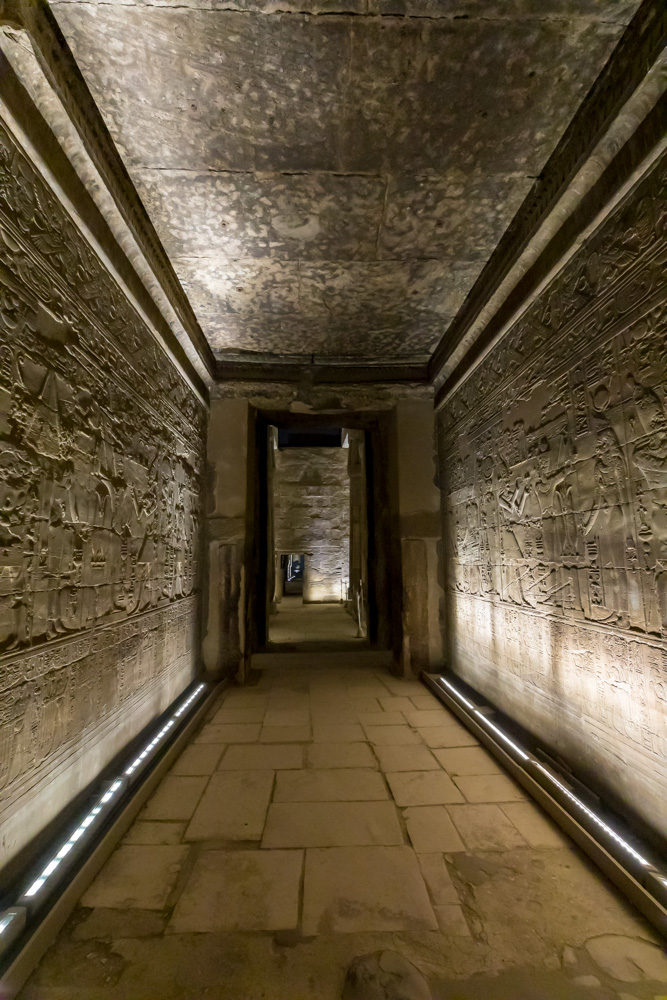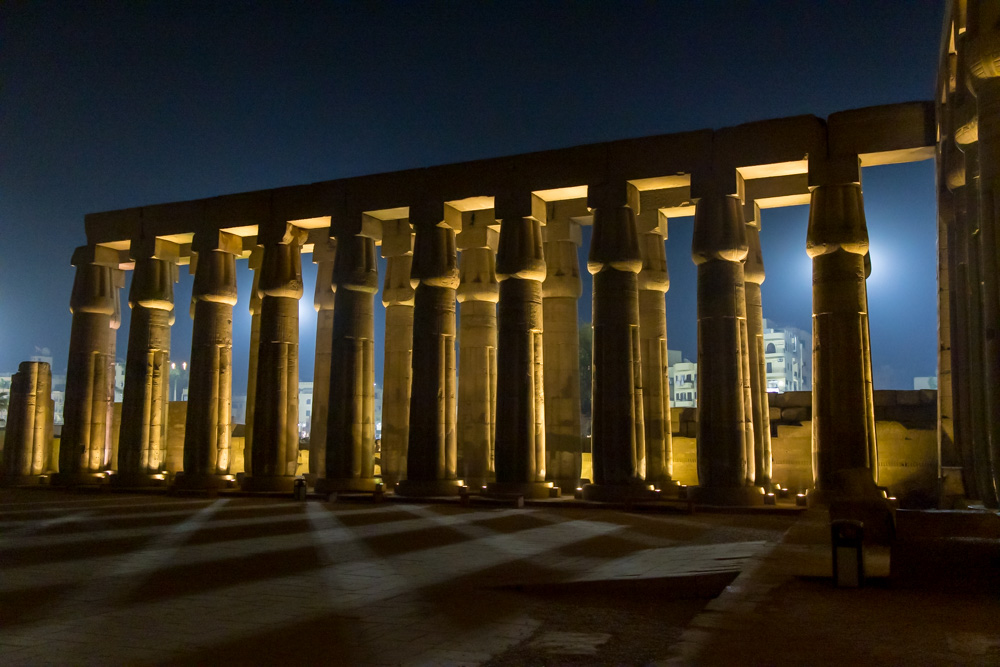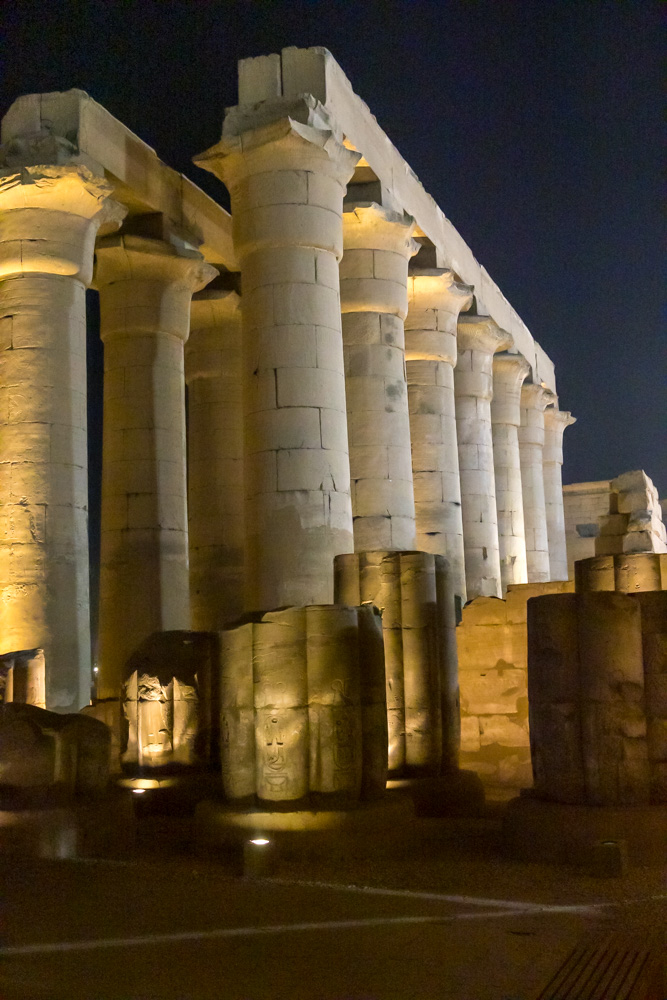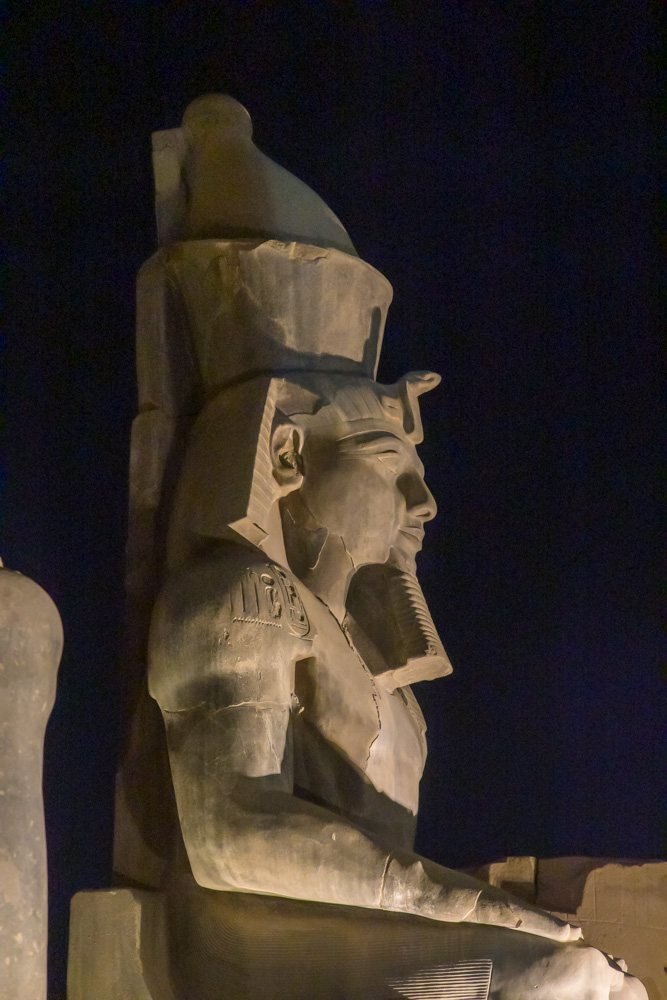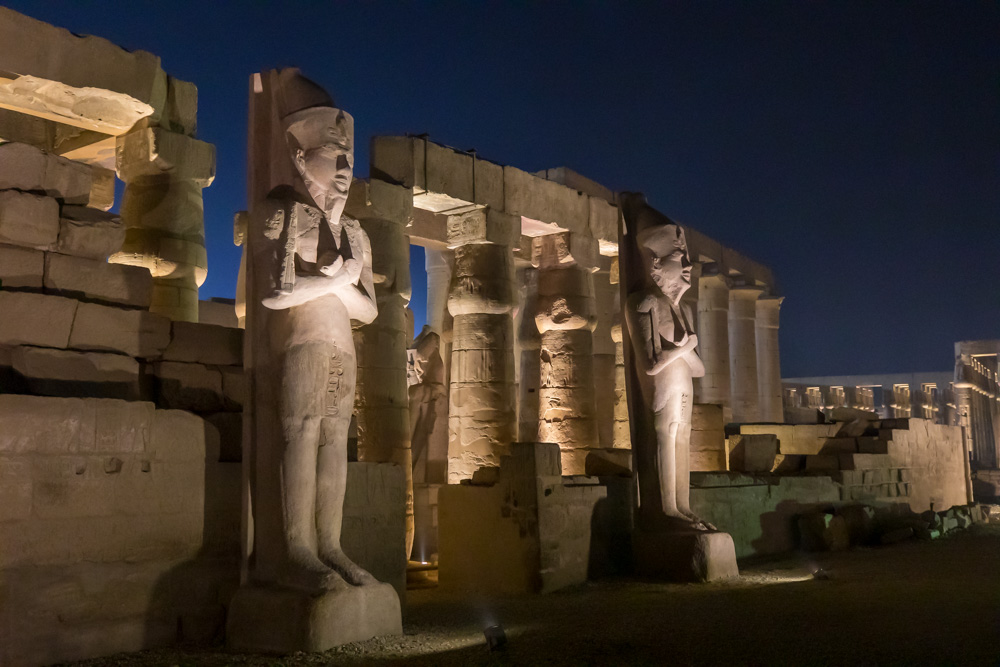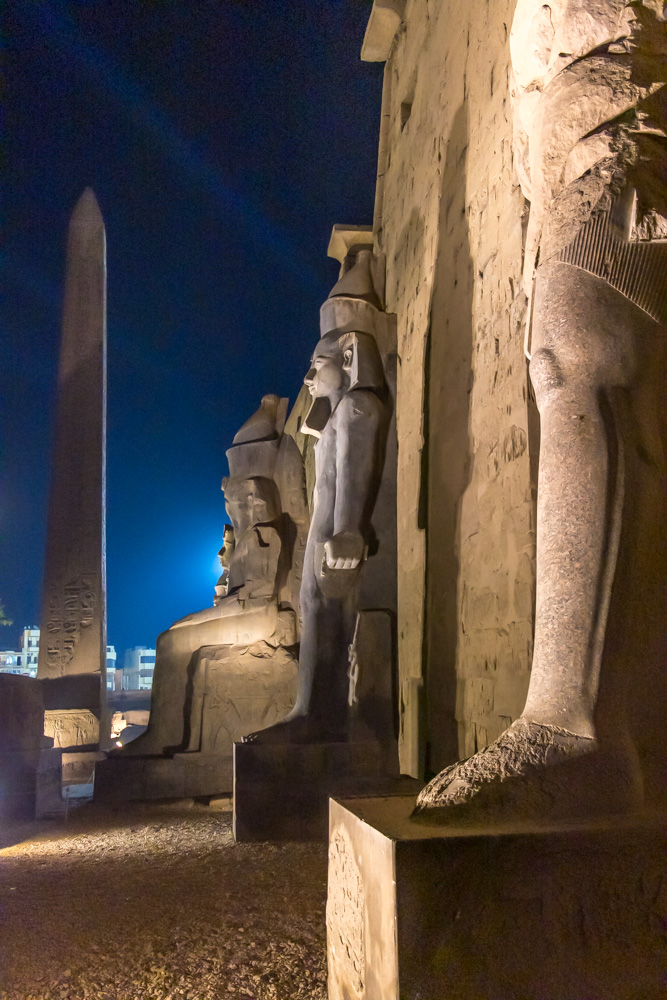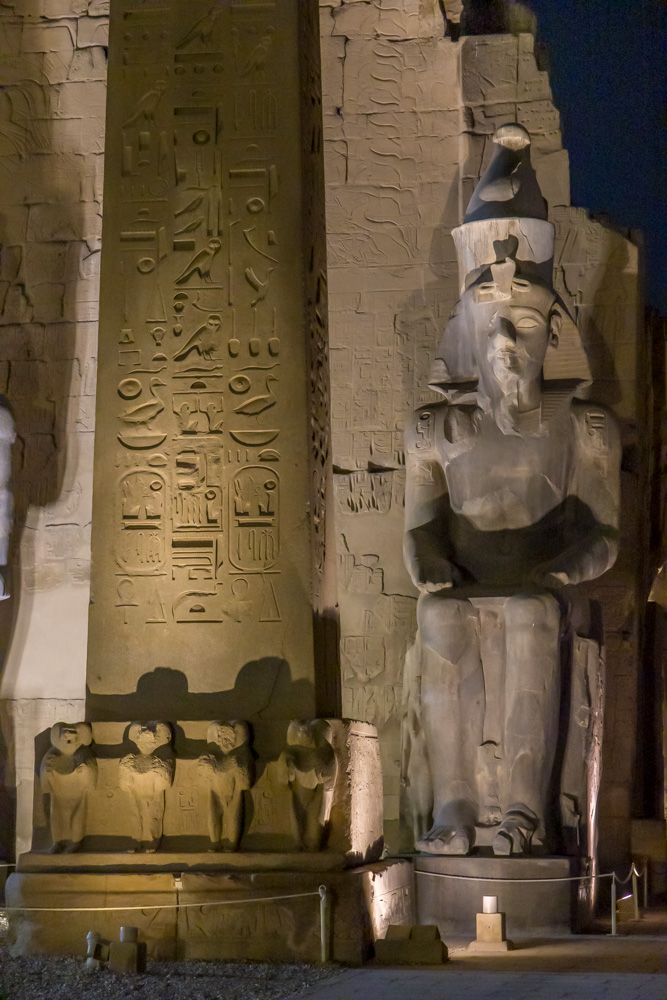Tuesday, March 1, 2022 -
Today would be a full day starting with a trip to the Dendera Temple complex then a short Nile river cruise
to Luxor and two tours of
the Luzxor Temple - one by day and one by night.
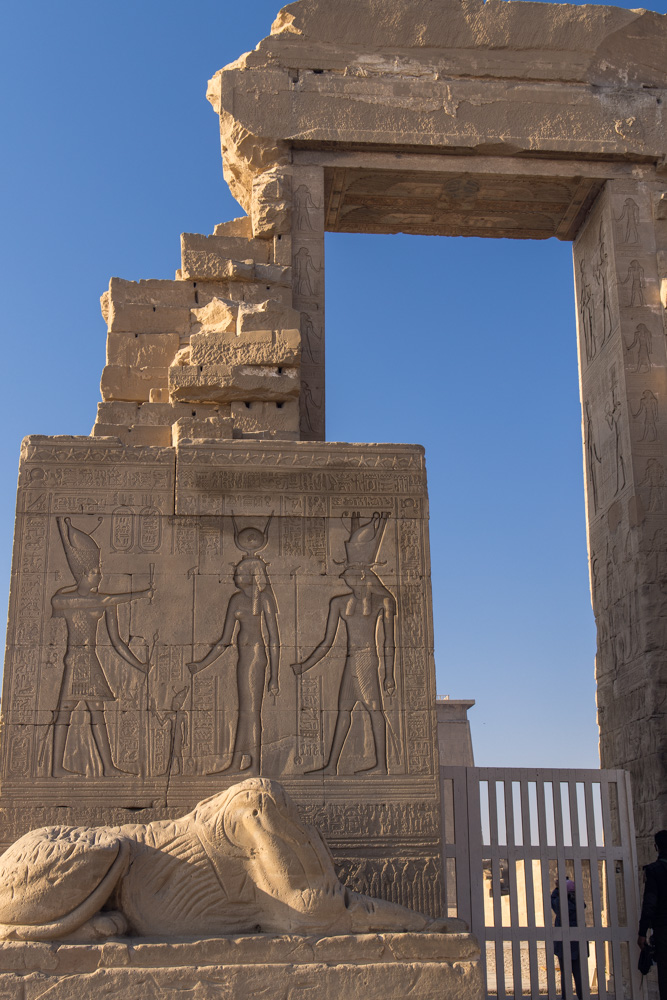
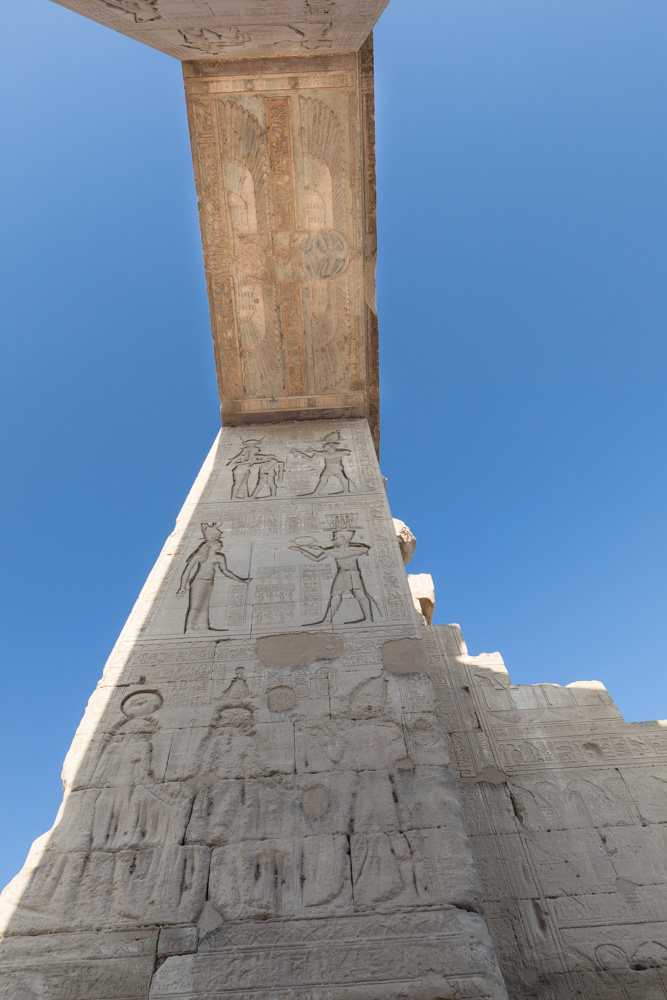
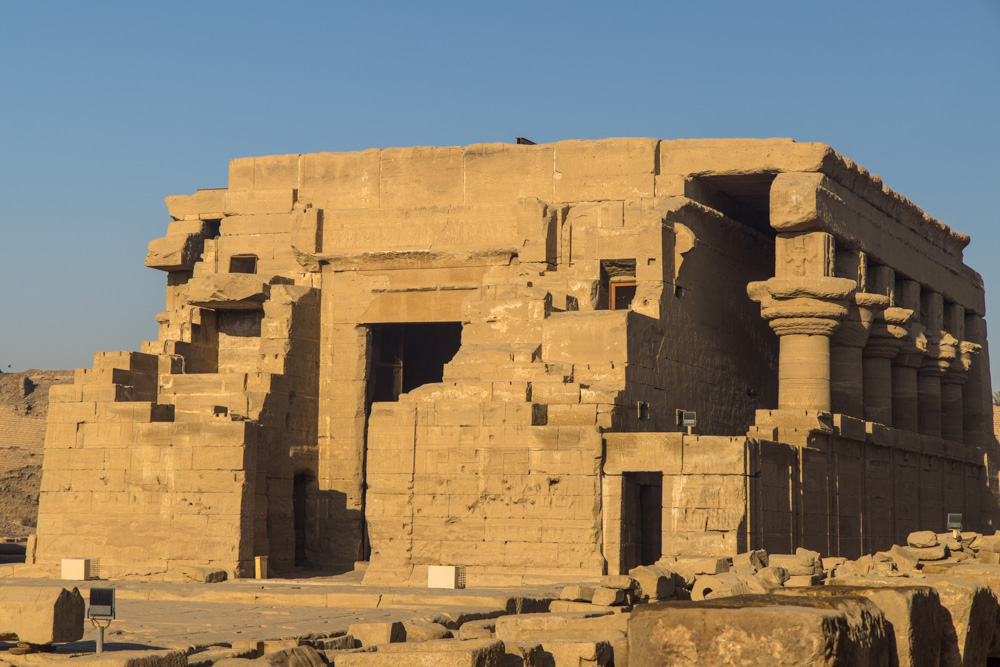
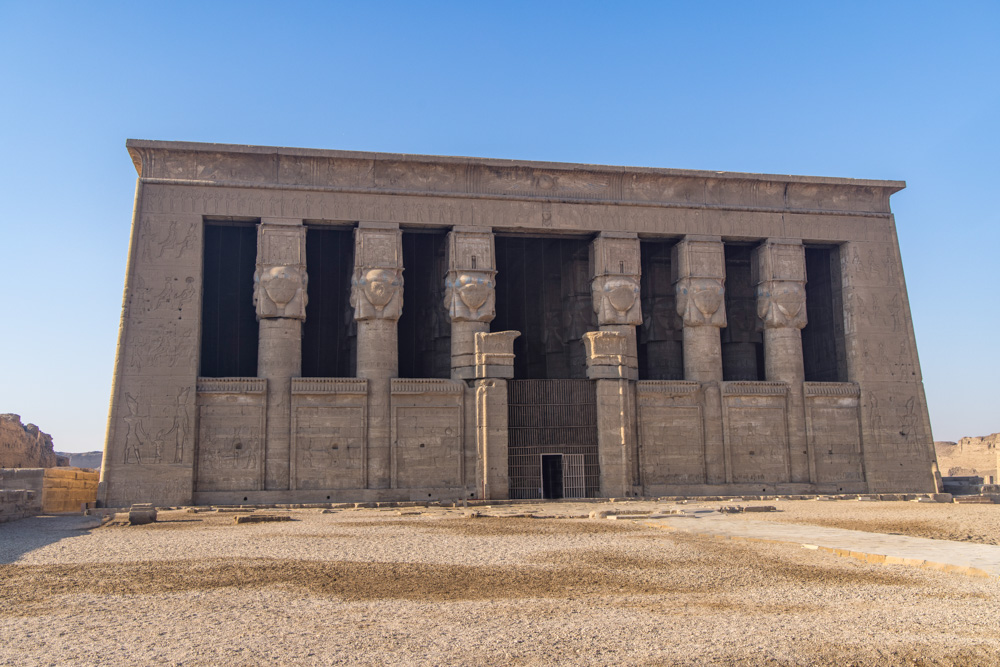
The temple was begun in 350 BC - the great hall was built in the Roman period 50 BC or so. Hathor was one of the more popular goddesses - the sky goddess.
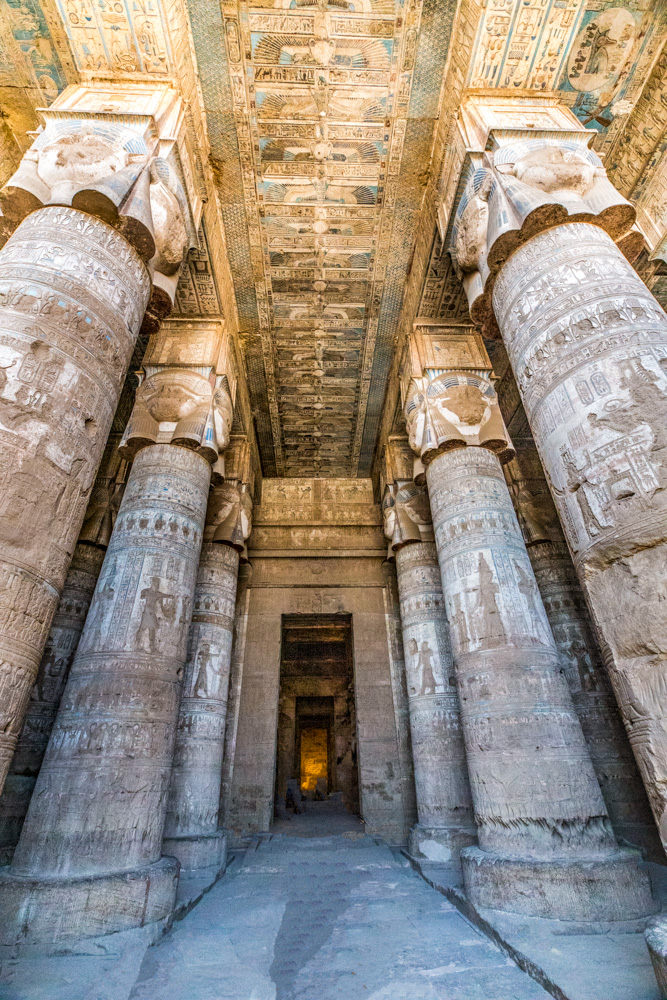
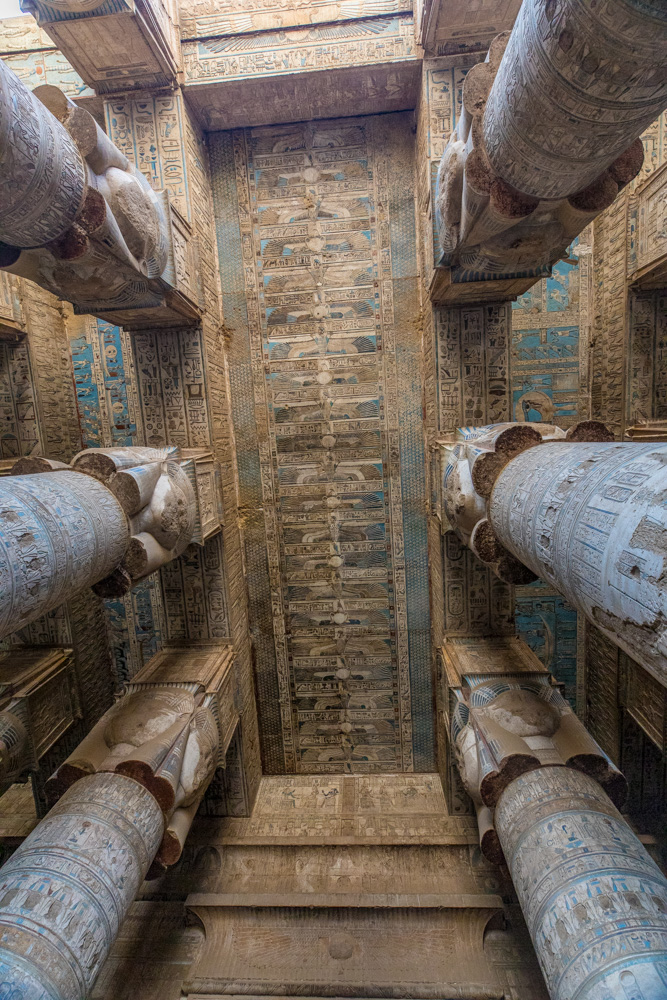
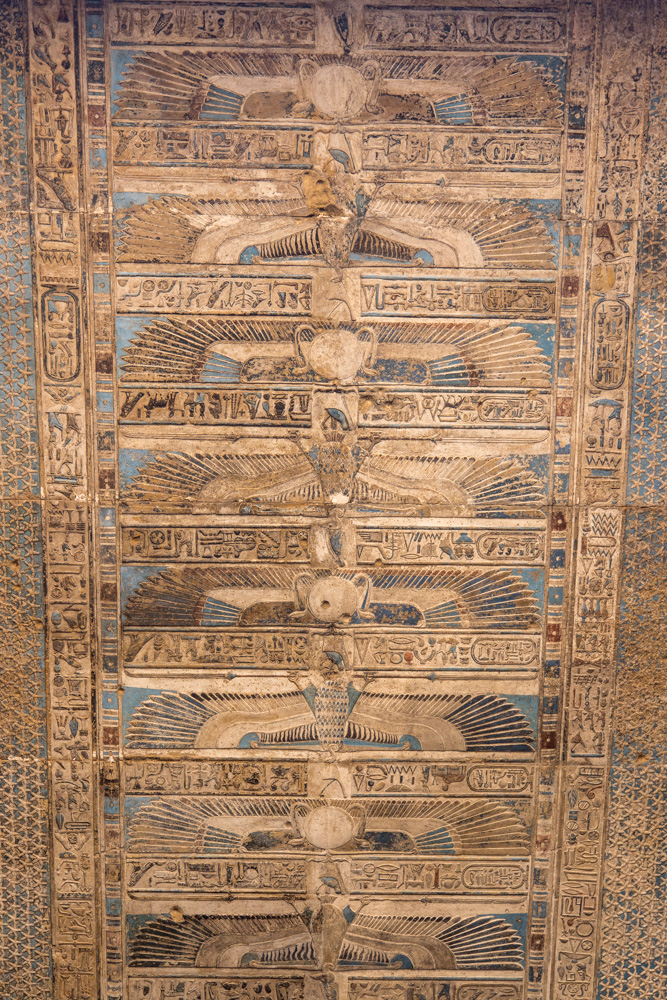
The vulture motif on temple ceilings - depict Nekhbet, the protector of Upper Egypt (in the southern part of the country) and the pharaoh. The serpents are a reference to Wadjet, goddess of Lower Egypt. Together, they show the unification of Egypt.
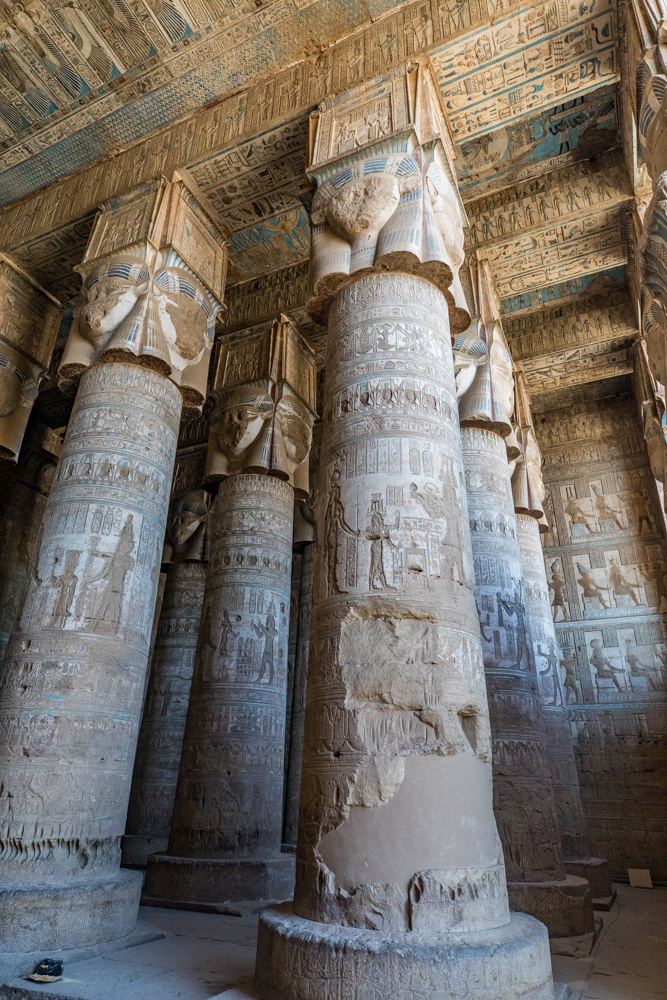

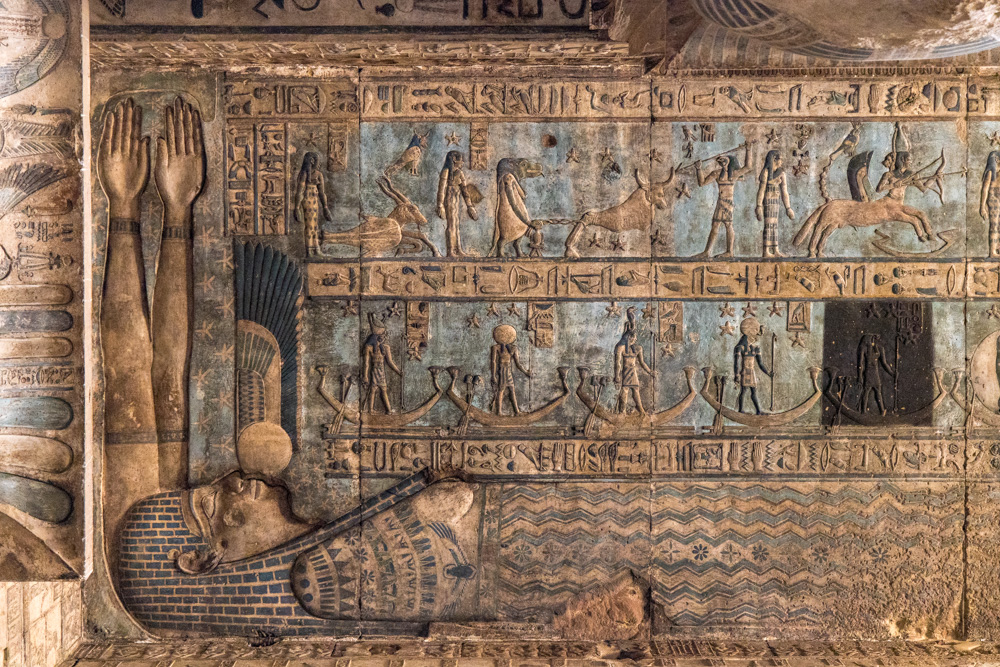
The sky goddess Nut frames this part of the ceiling, swallowing the sun at twilight and giving birth to it in the morning. You can also see signs of the zodiac, including Taurus the Bull and Sagittarius the Archer
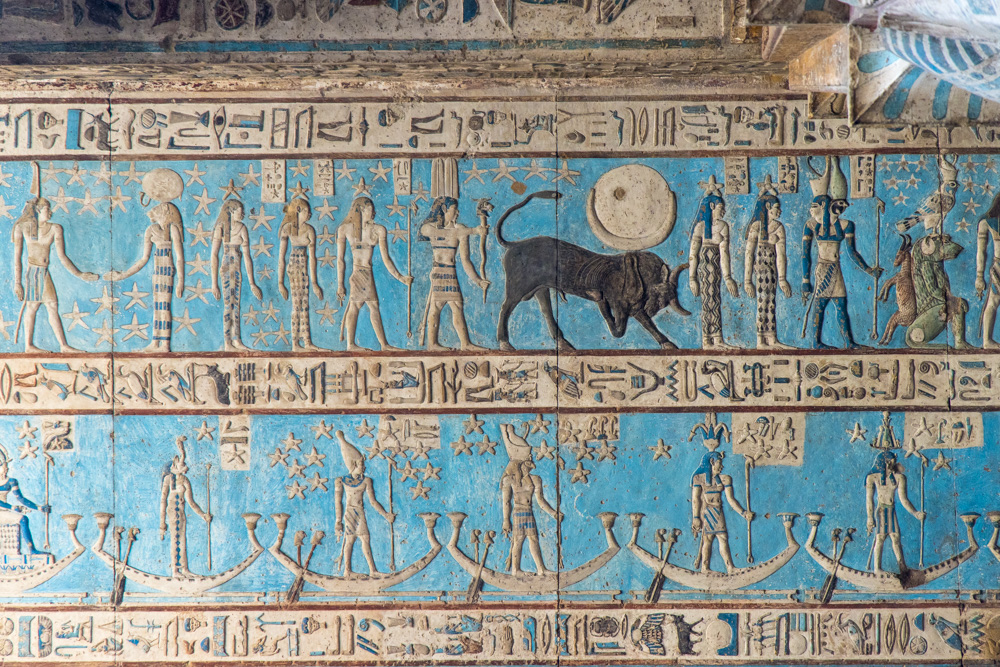
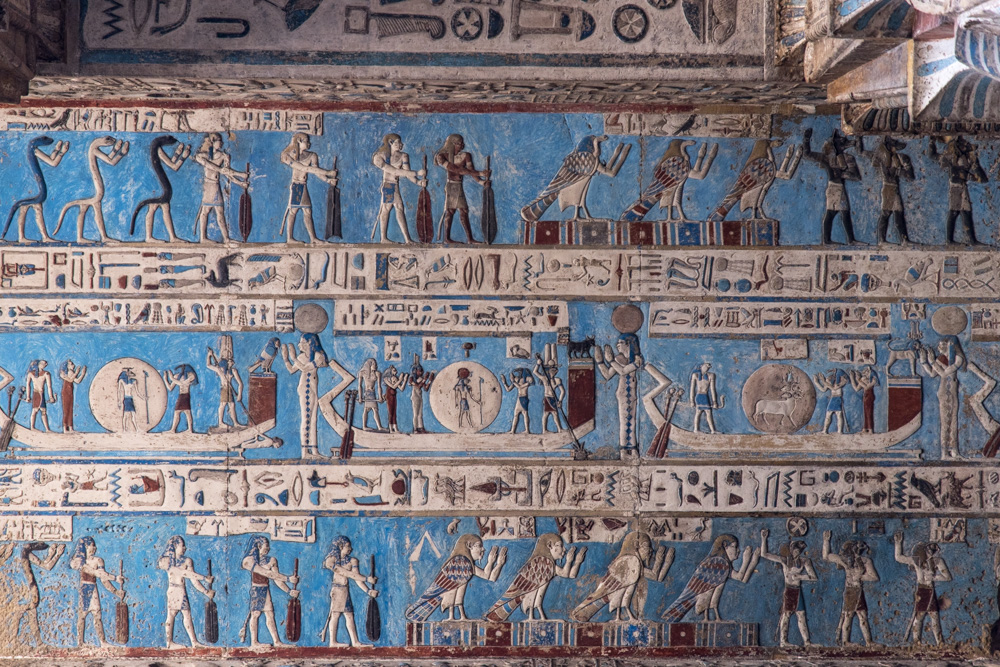

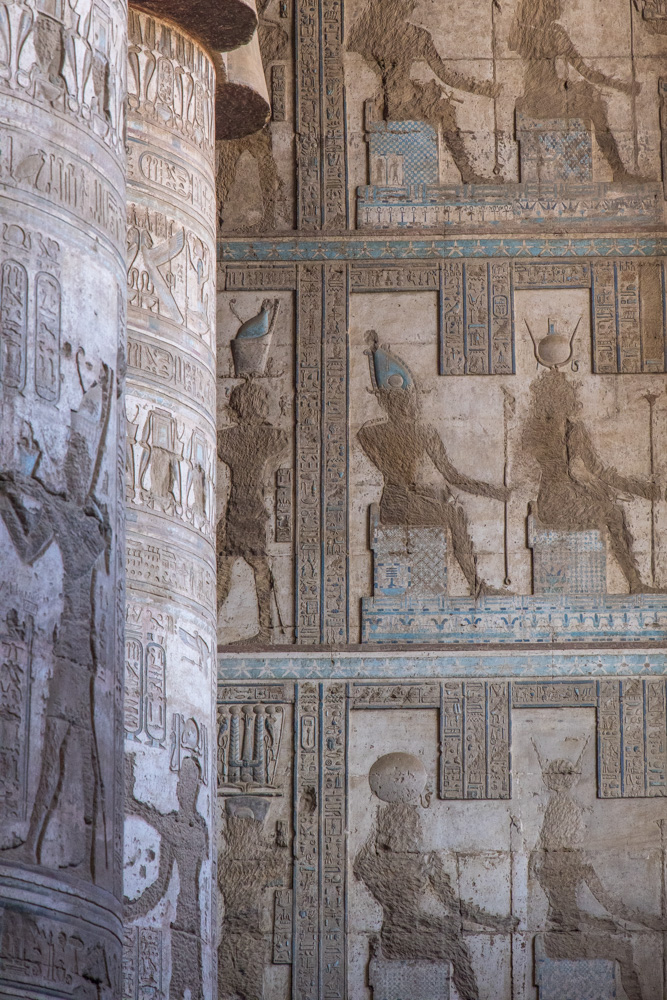
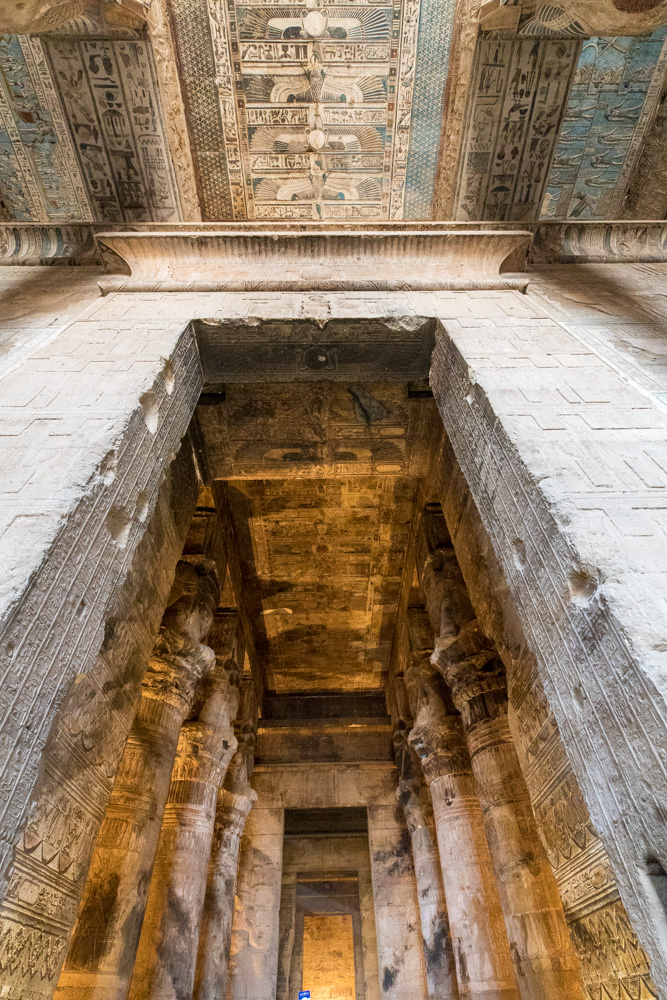
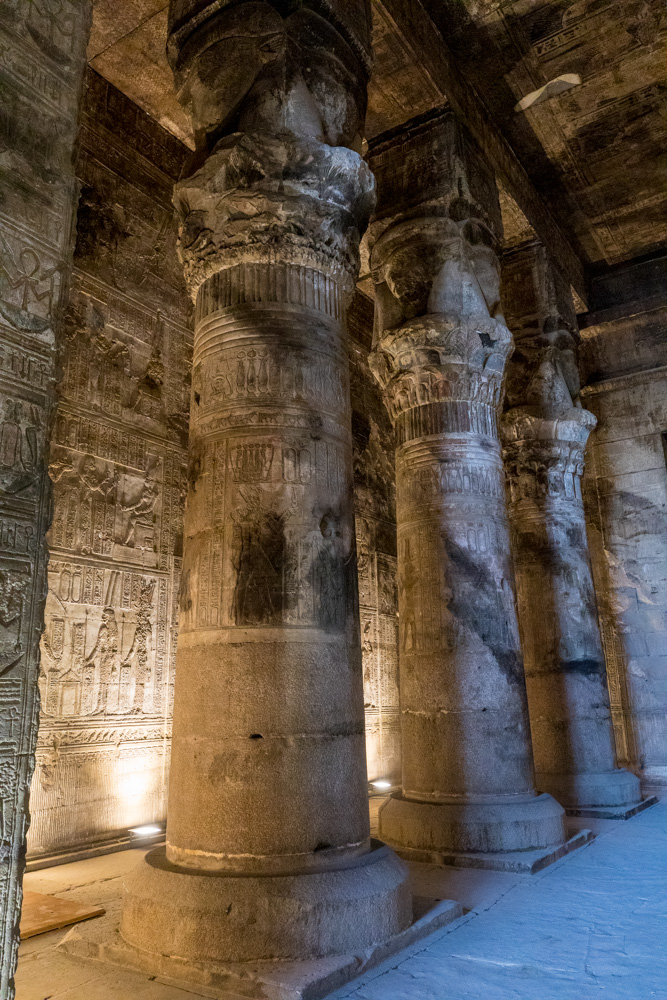
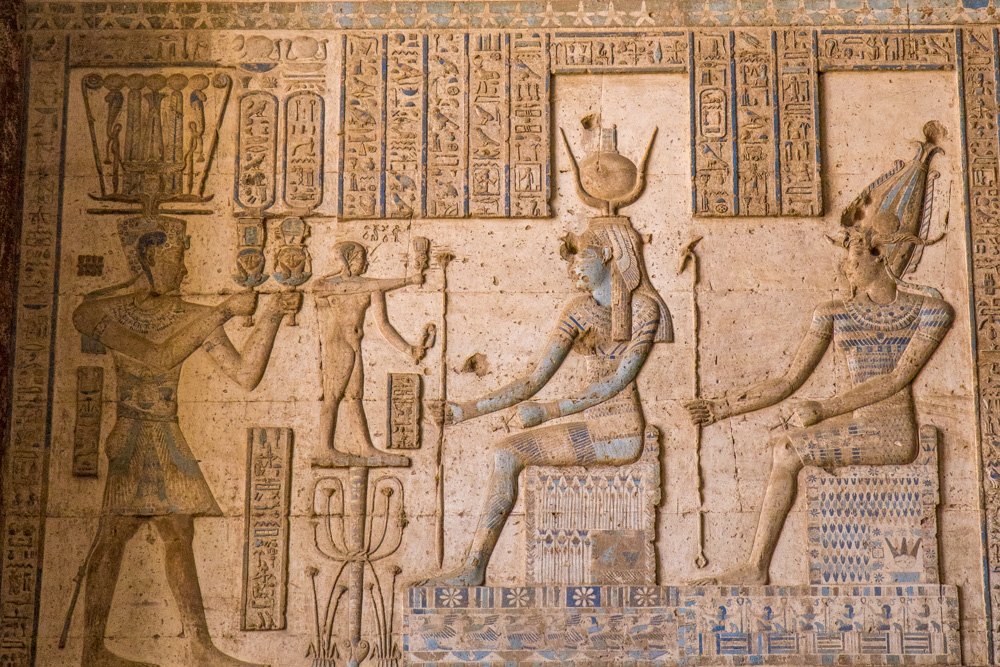

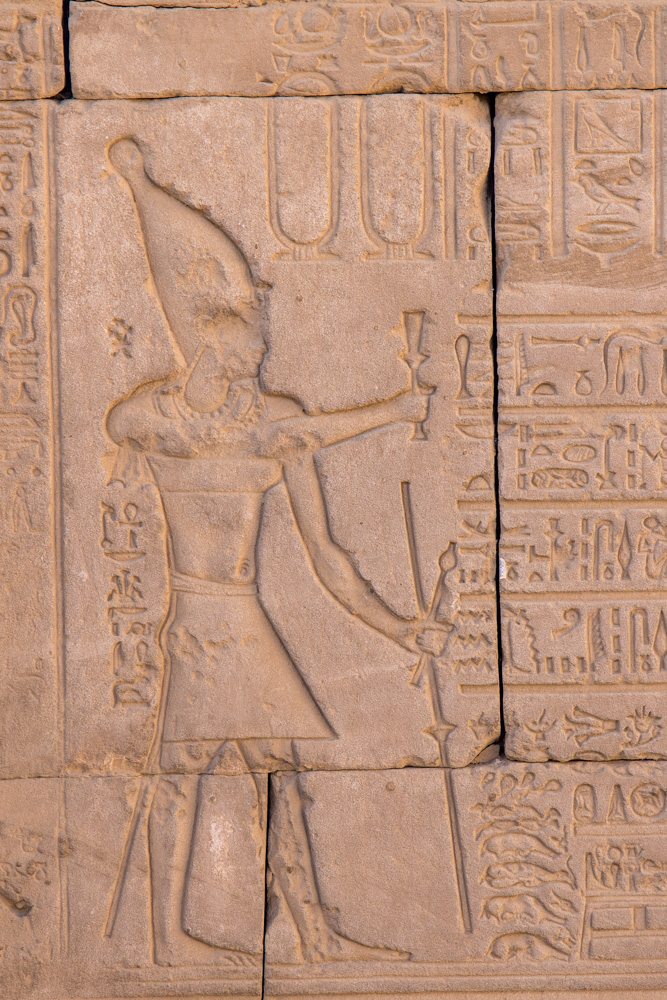
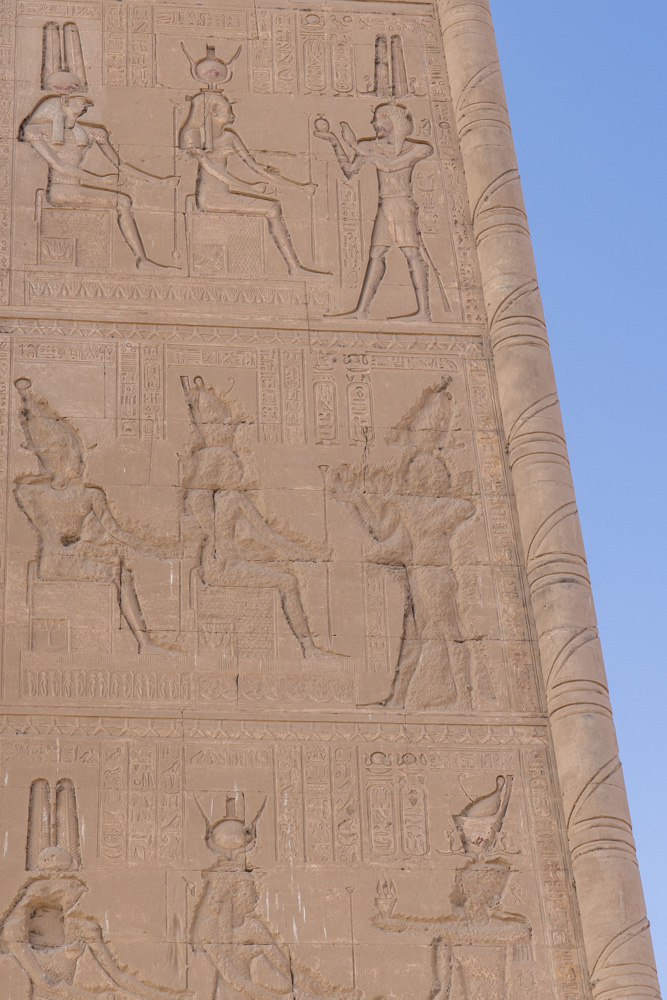
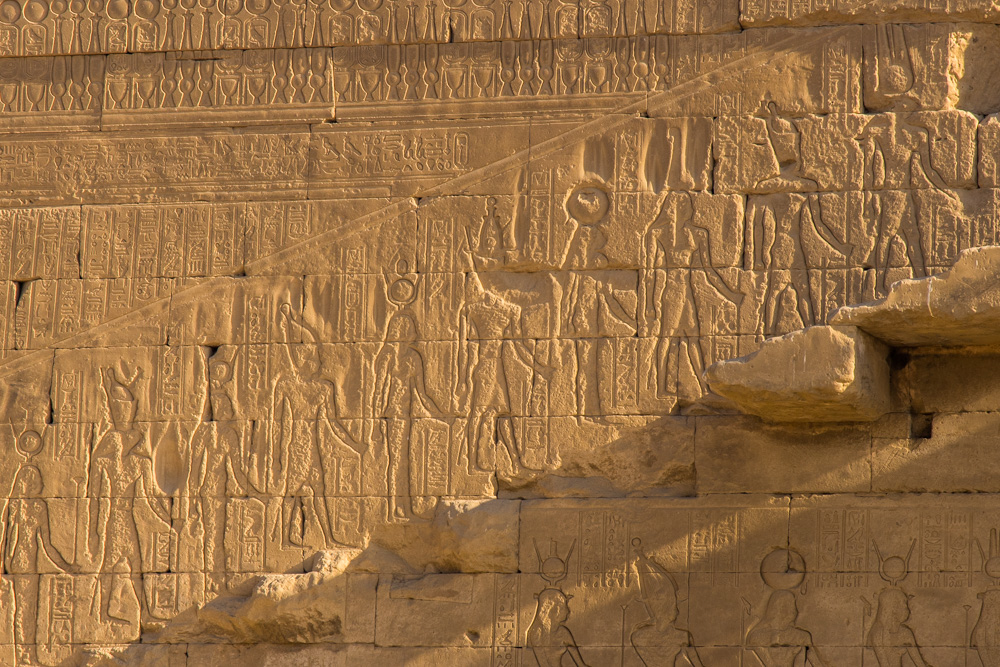
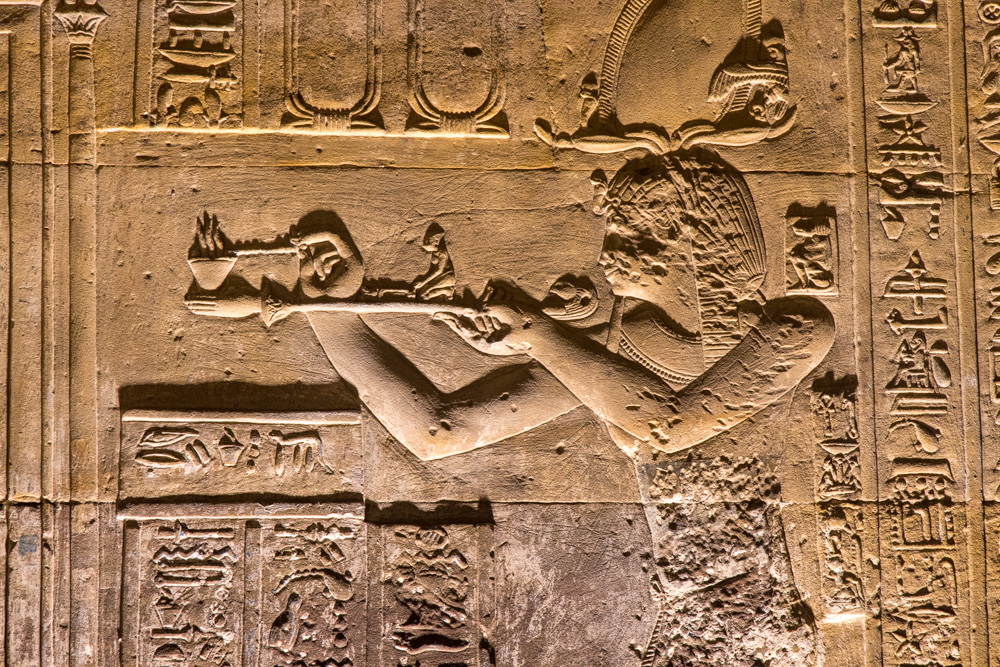
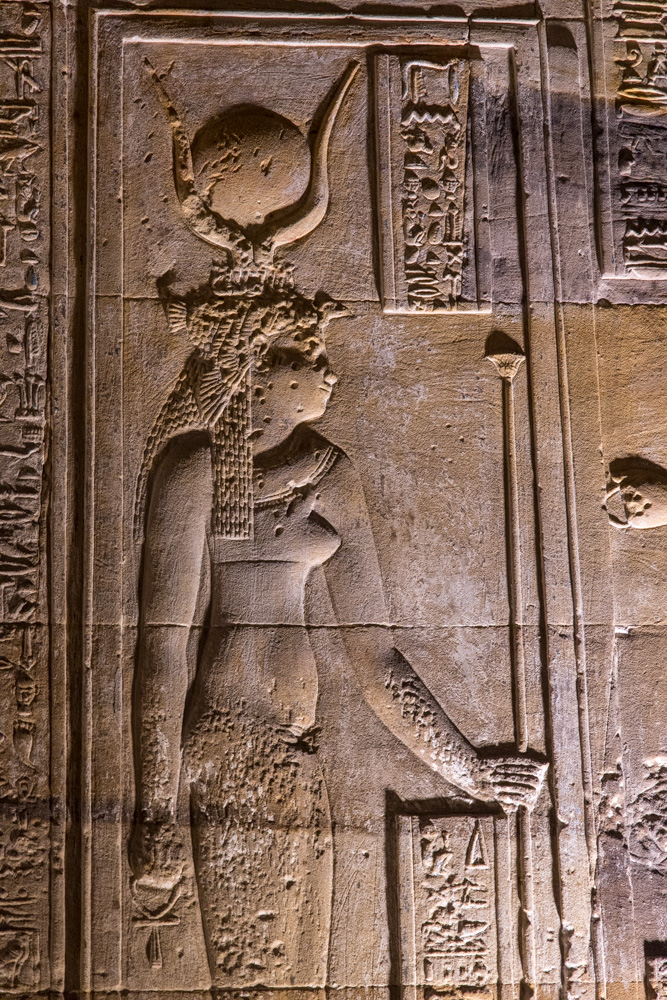
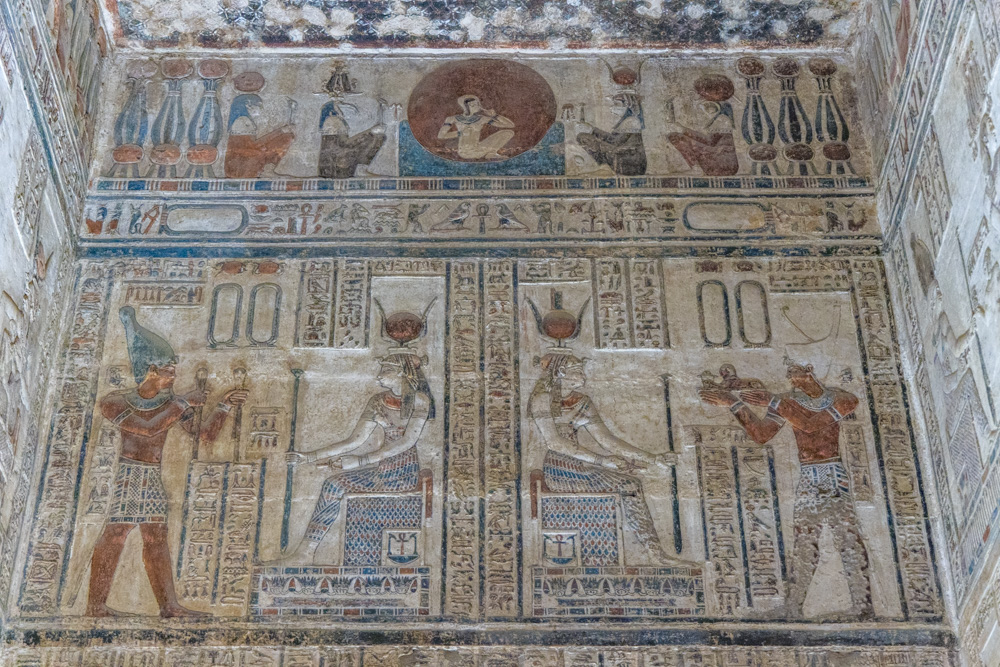
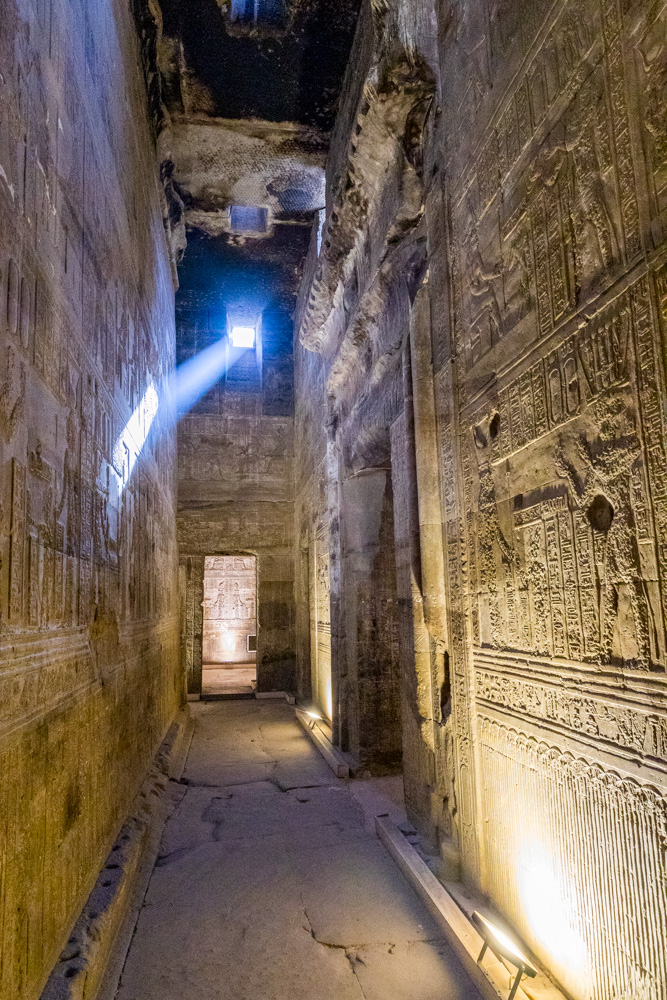
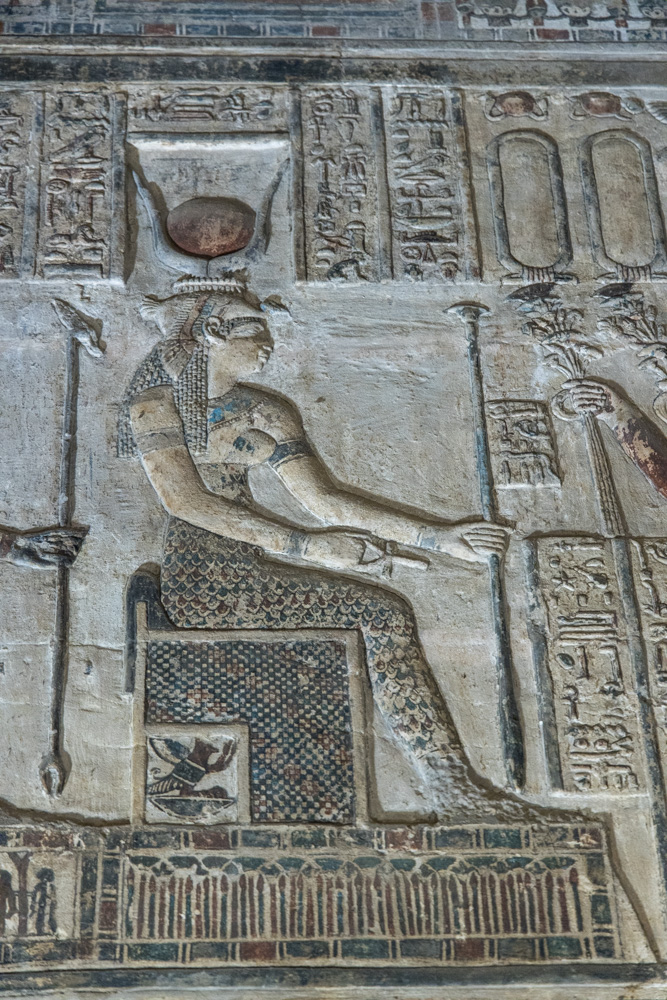
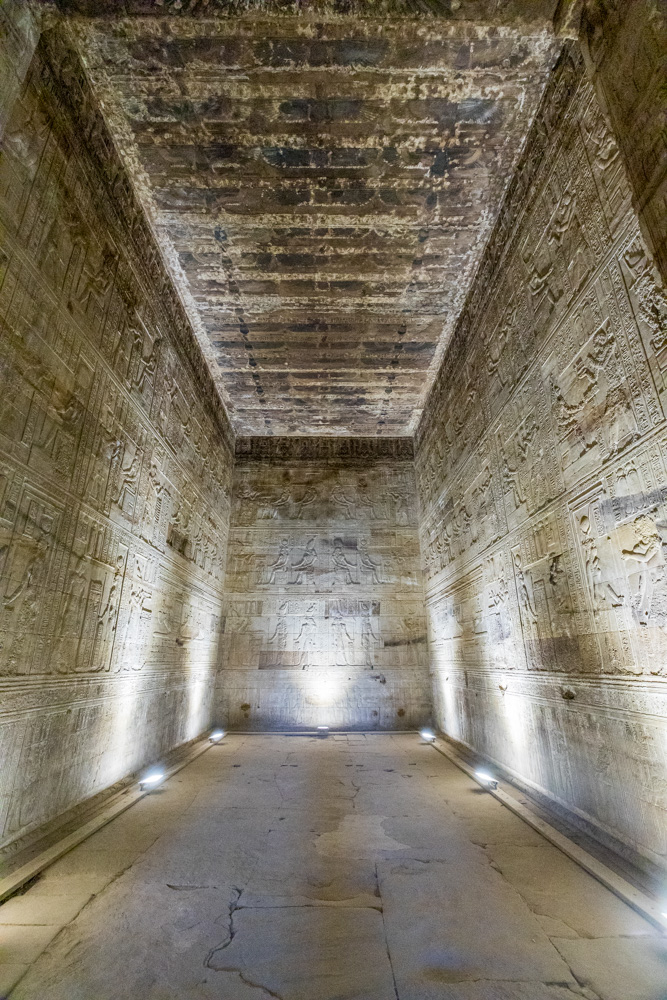
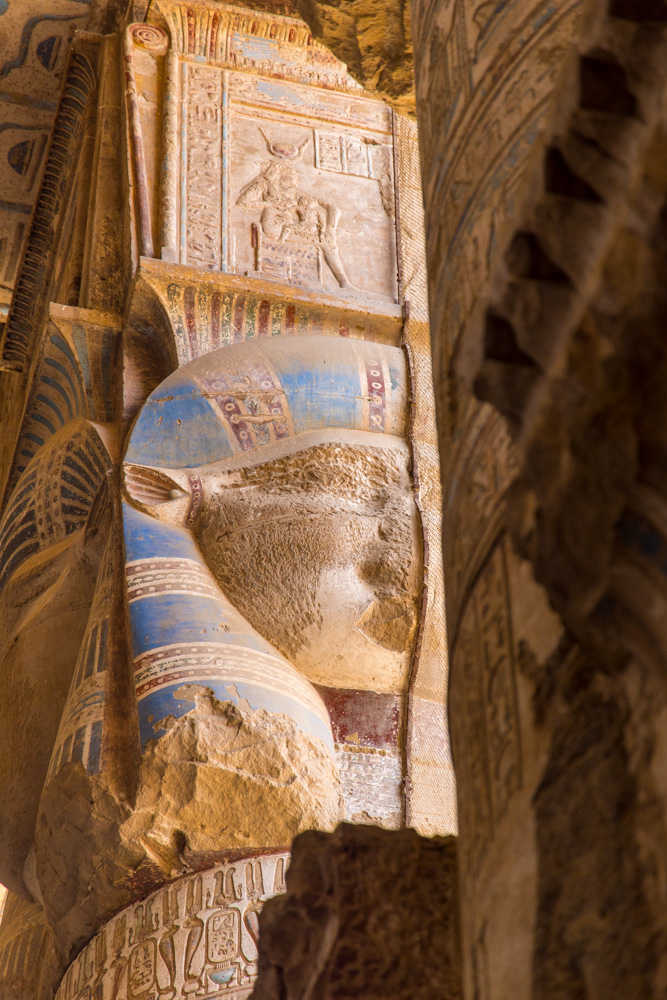
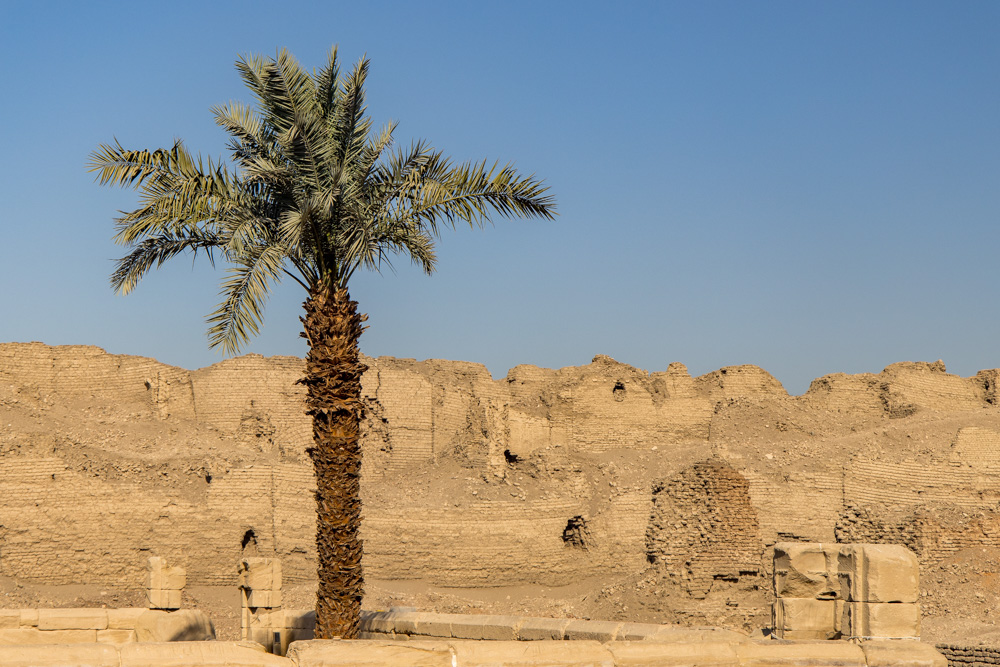
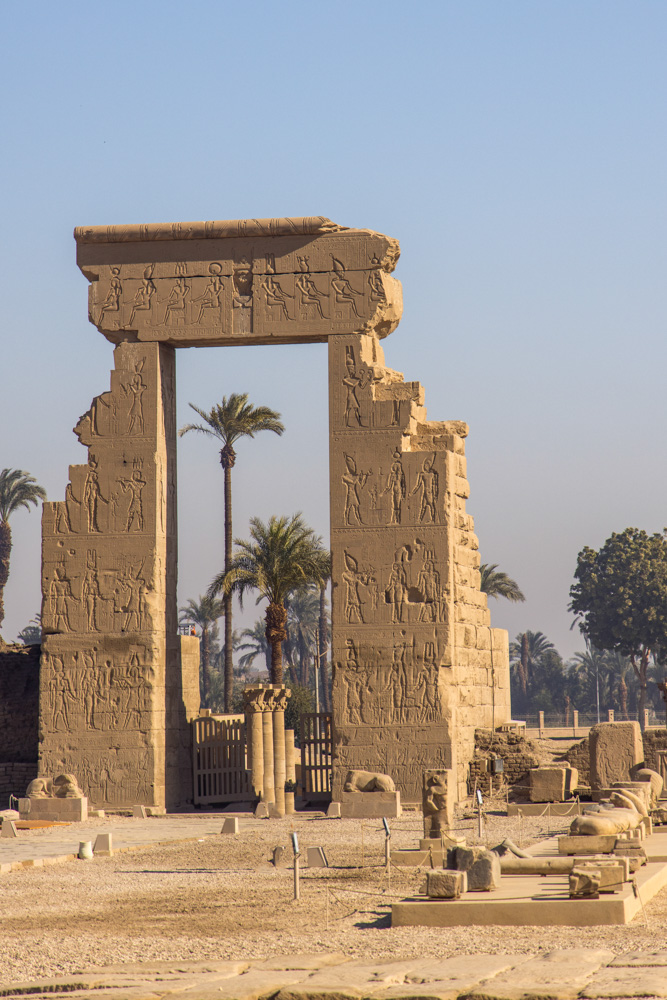
A very beautiful temple which we will remember.

The Nile is very wide - like the Mississippi - but the SS Sphinx would follow a channel which would bring us near swampy areas. Cal was lucky when this happened as birds were fishing in the low water. Here a Blue Heron.



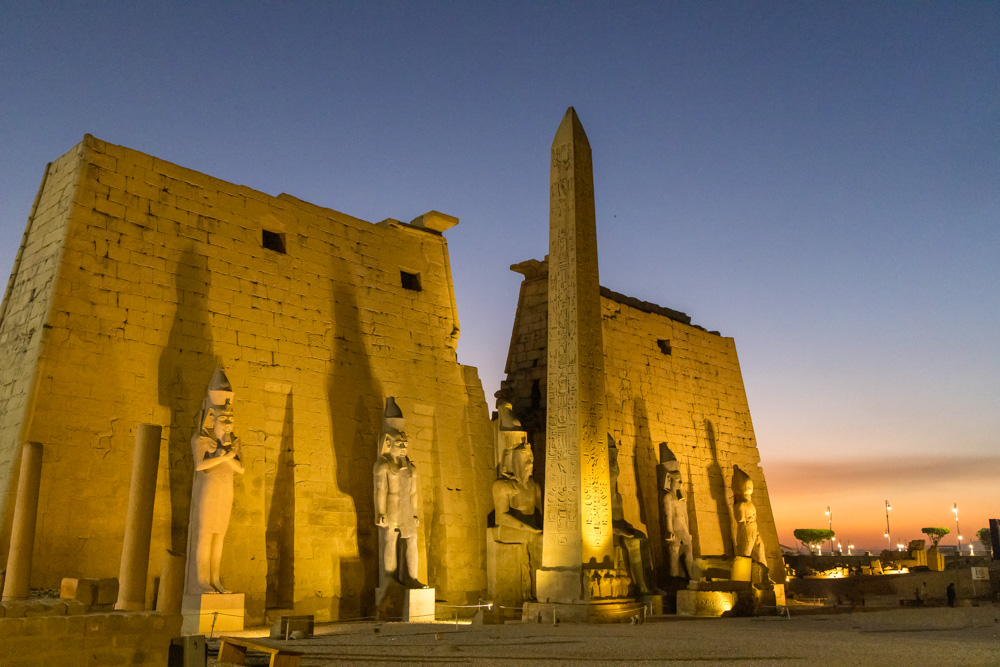
The entrance to Luxor Temple in the setting sun. Constructed around 1400 BC. The Luxor Temple was built with sandstone from the Gebel el-Silsila area, which we will pass on the Nile in several days.
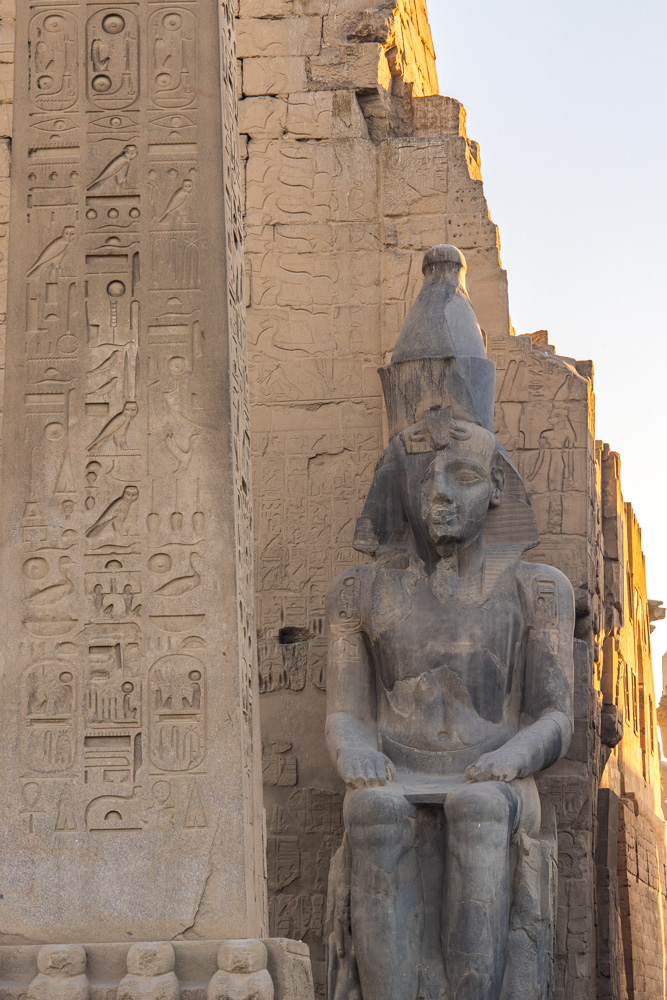
The obelisk is in the foreground.
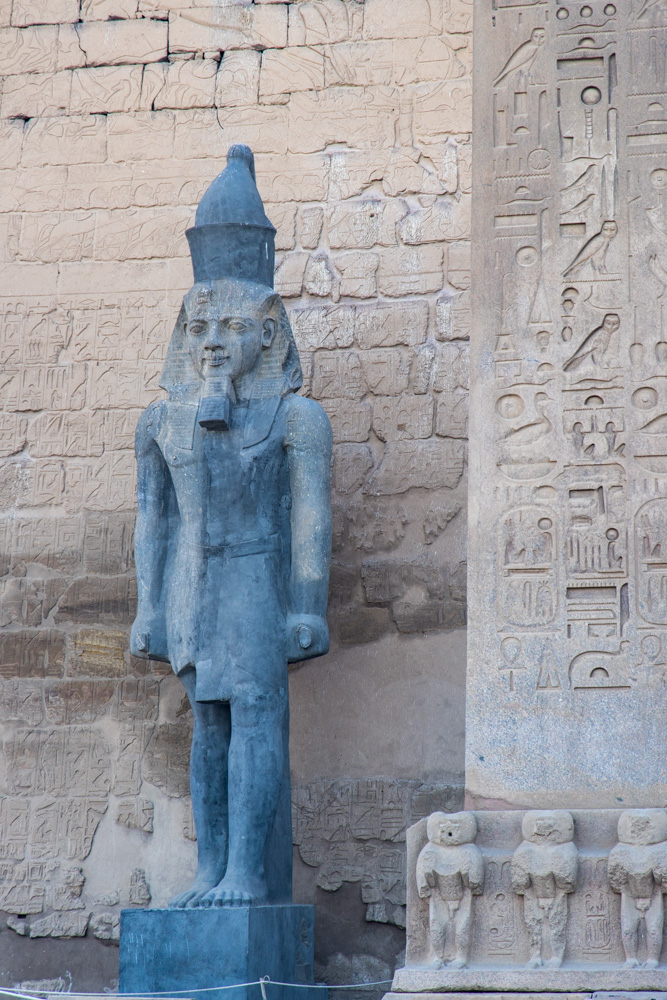
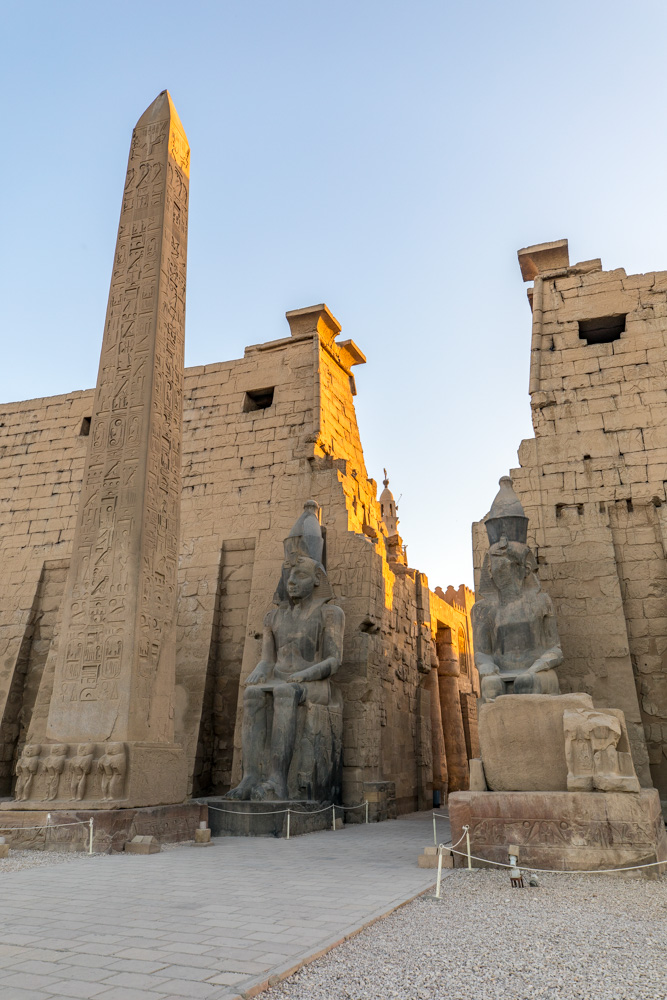
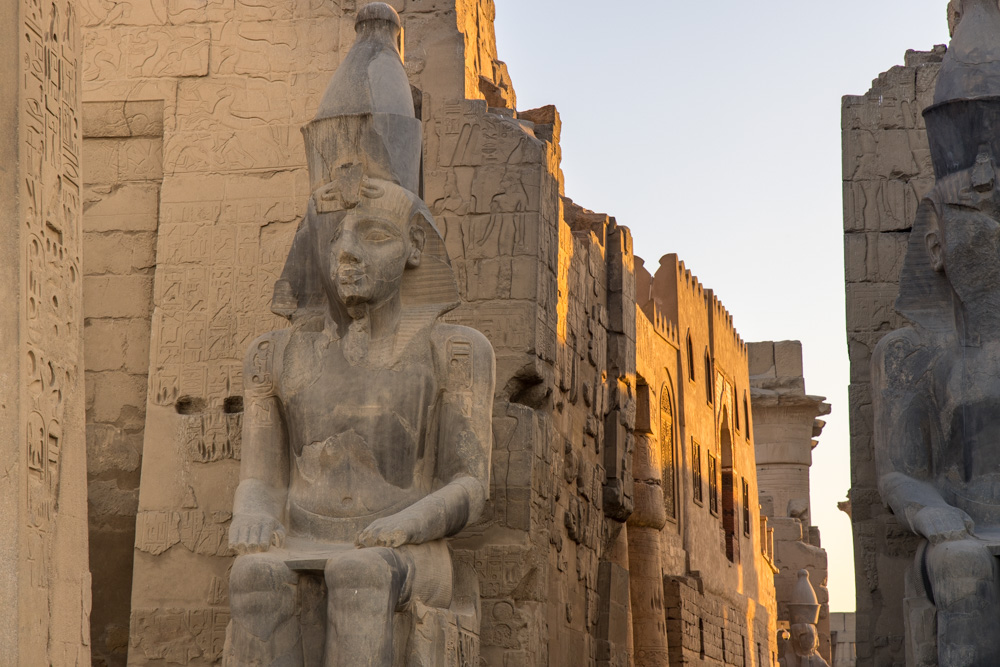

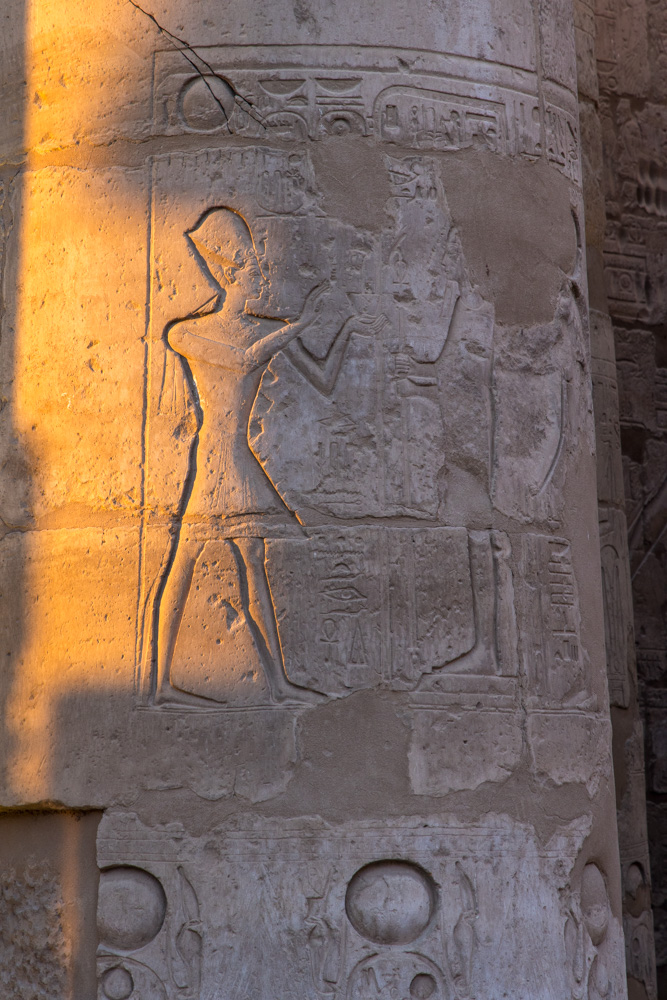
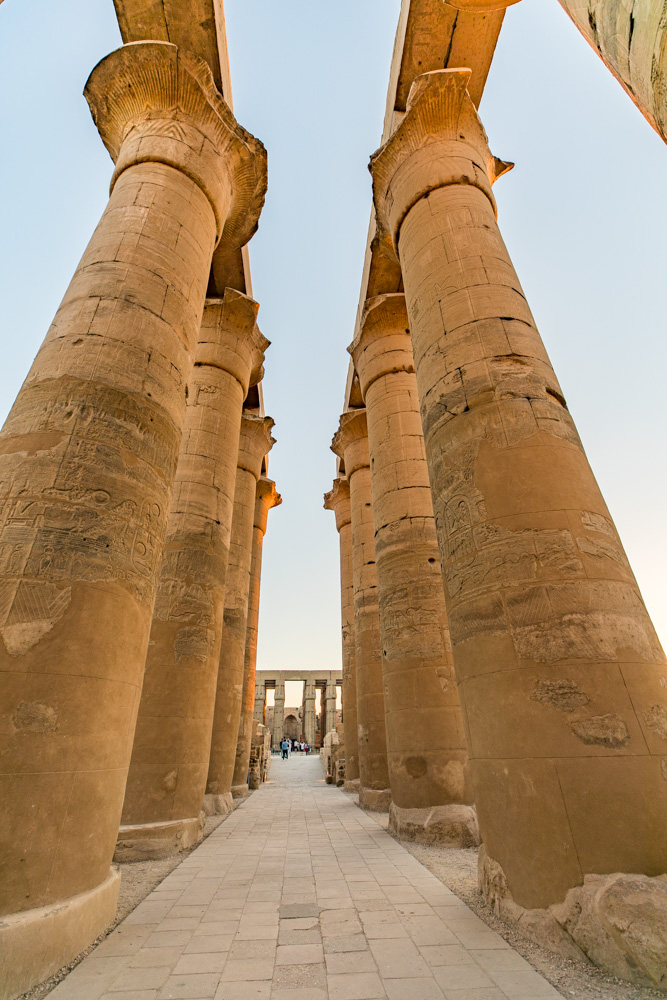
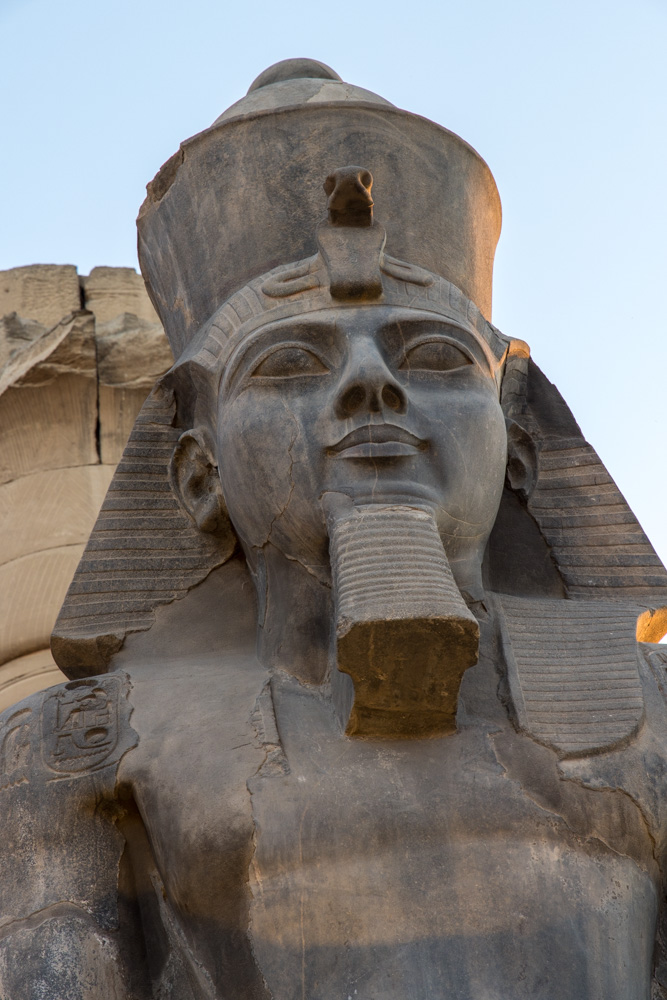
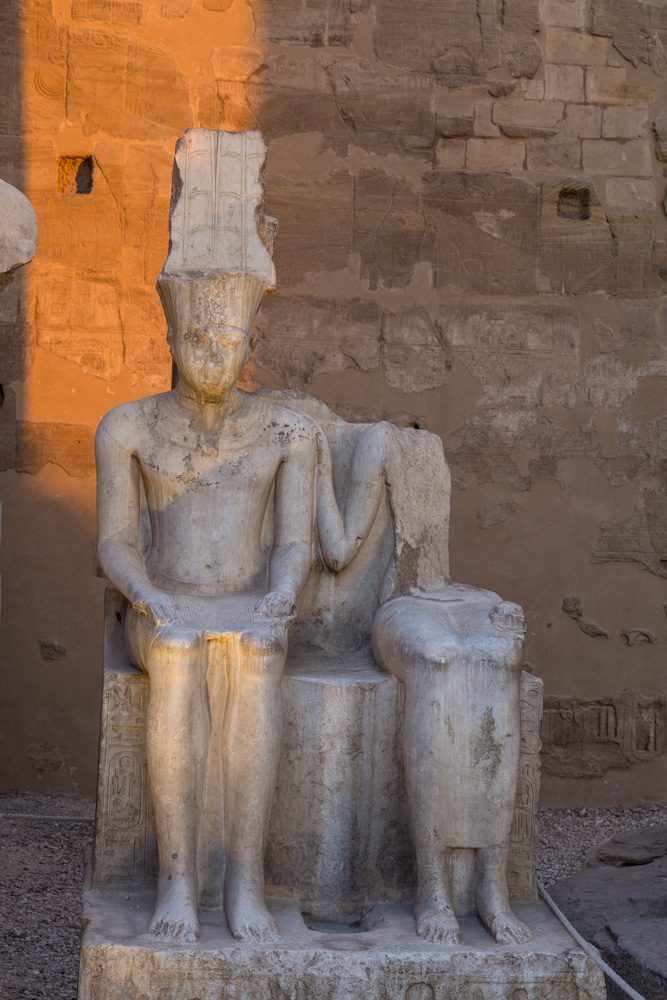
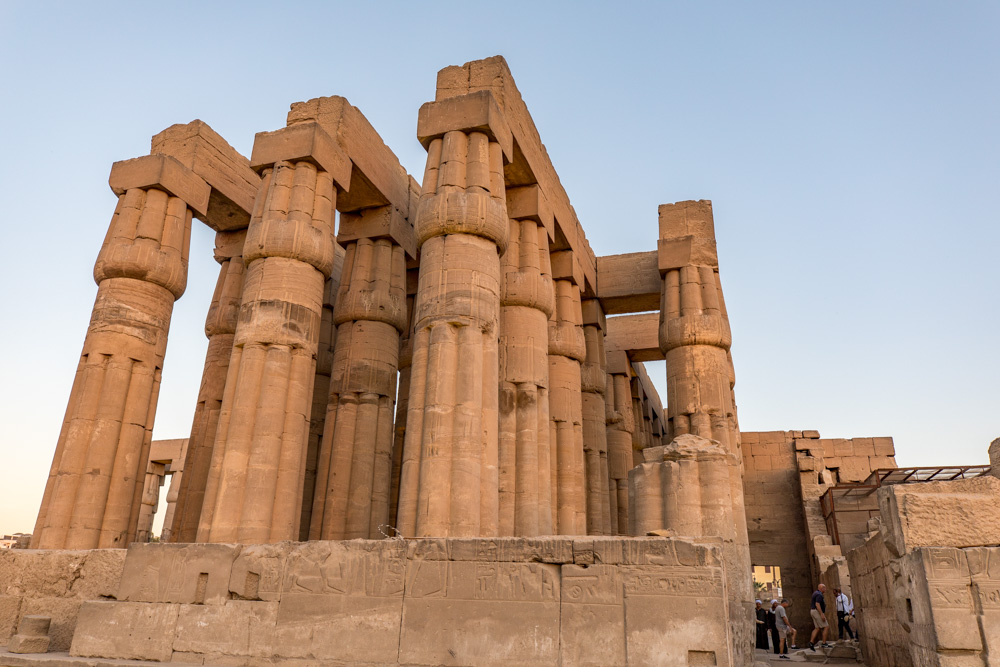
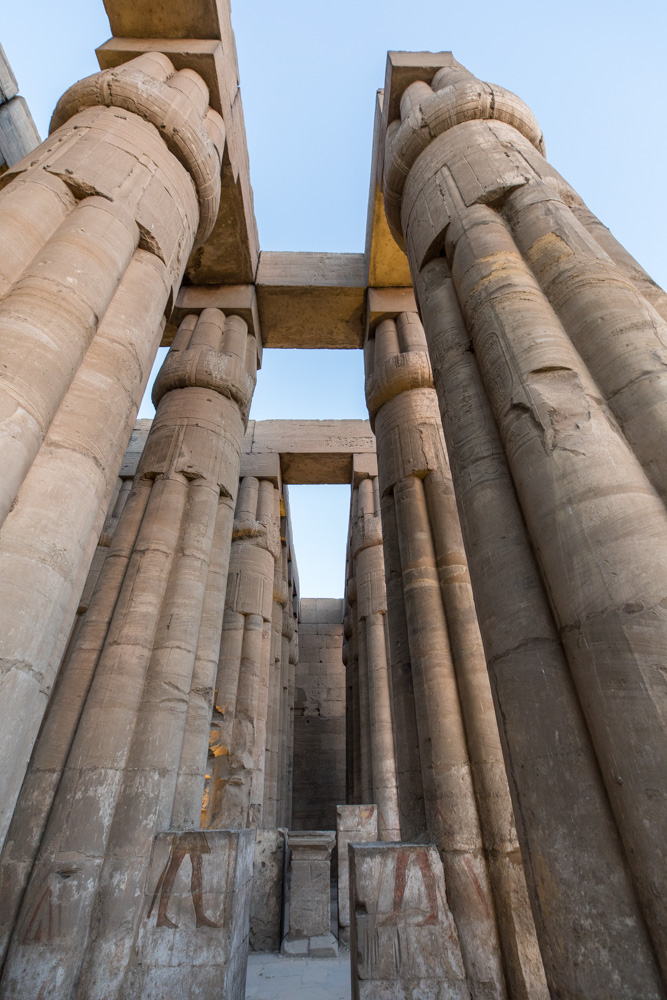
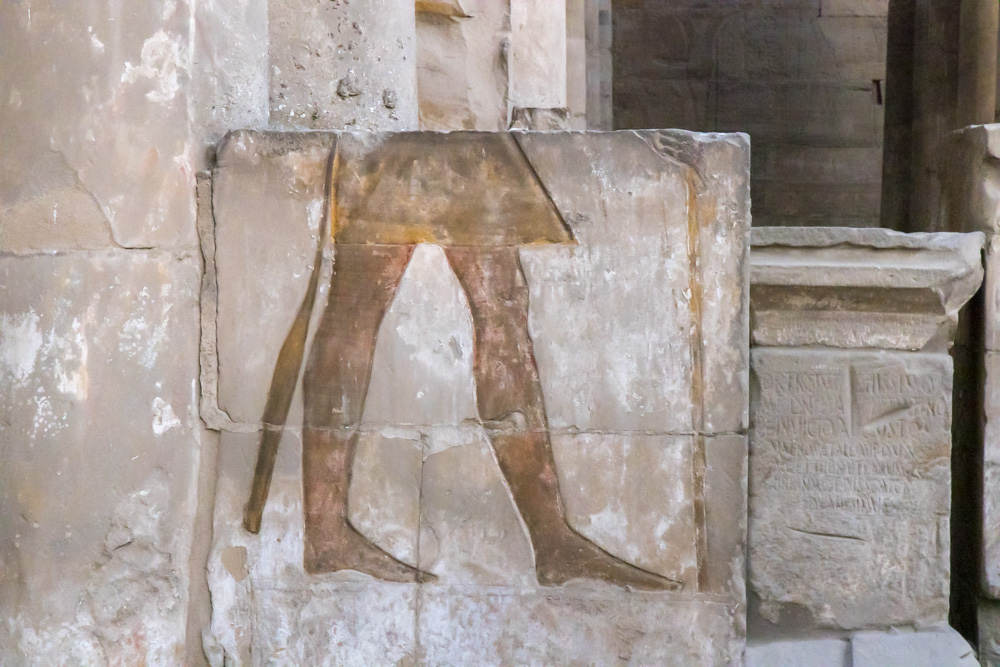
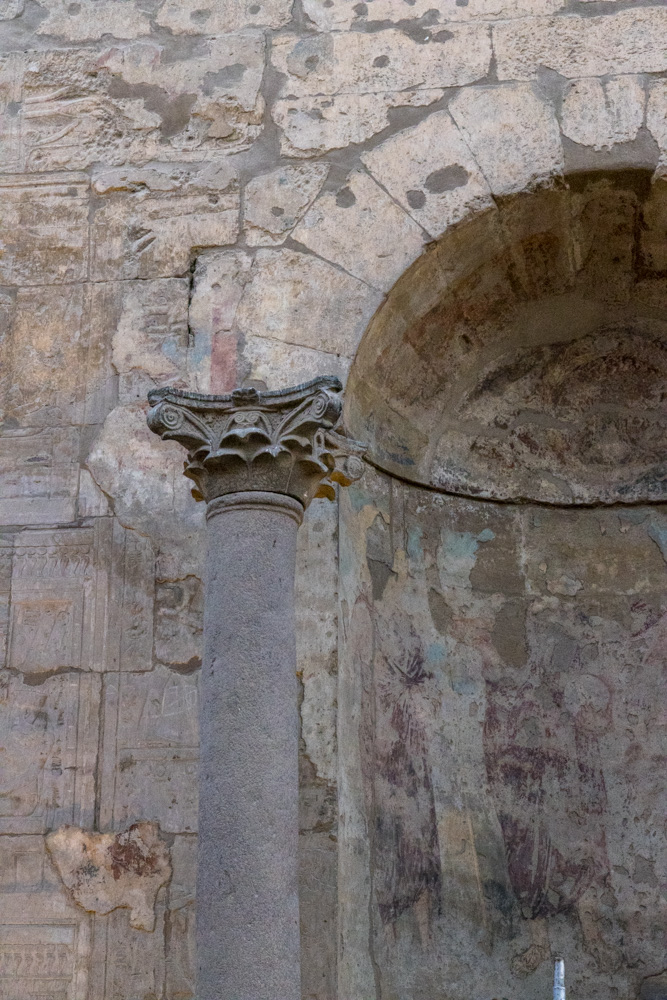
This is the niche where the altar was located.
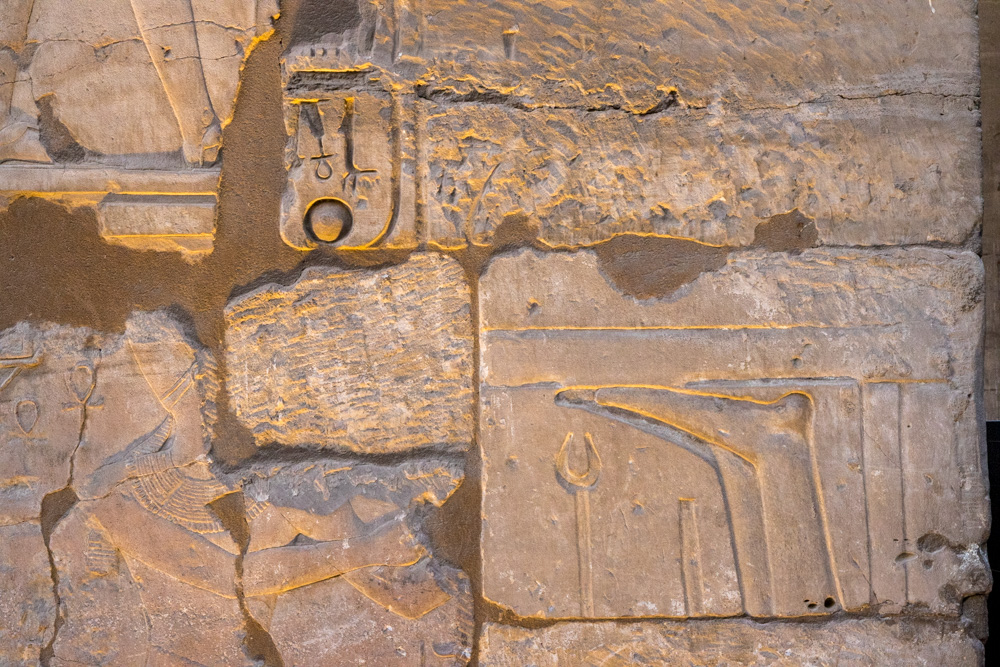
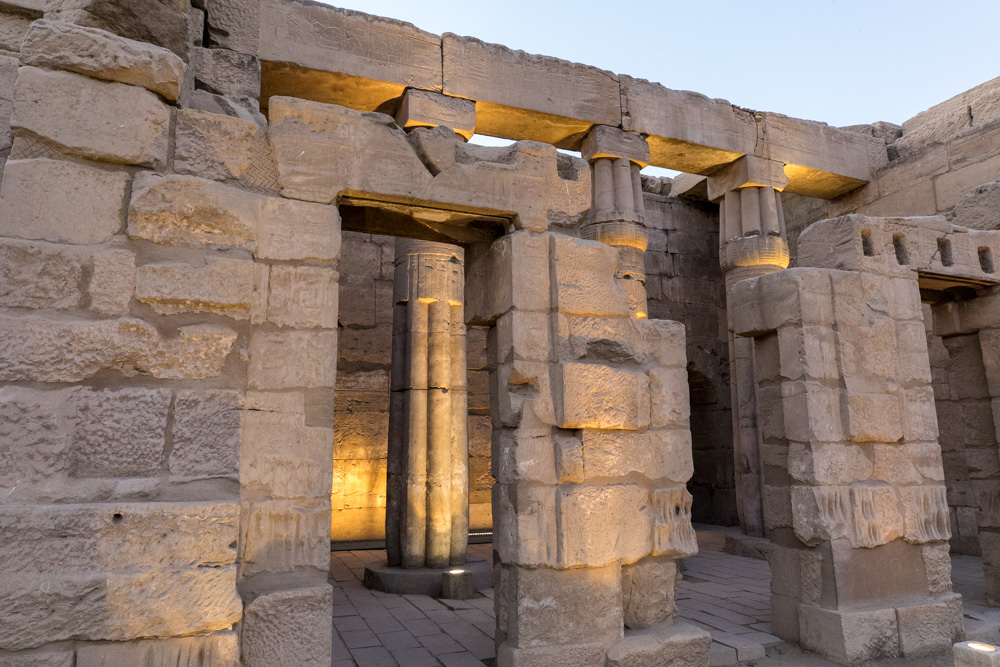
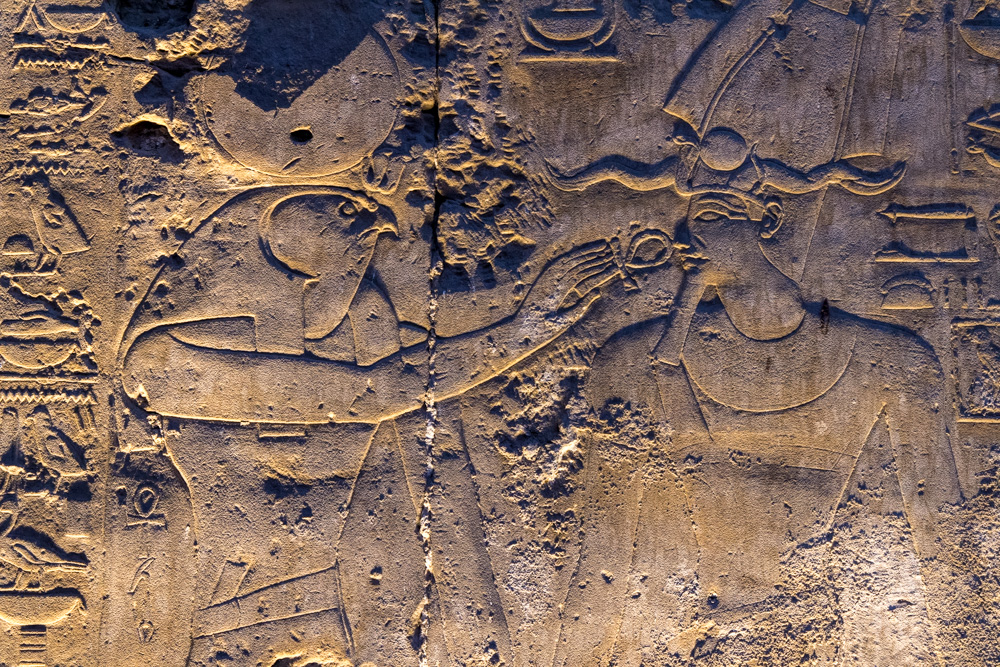

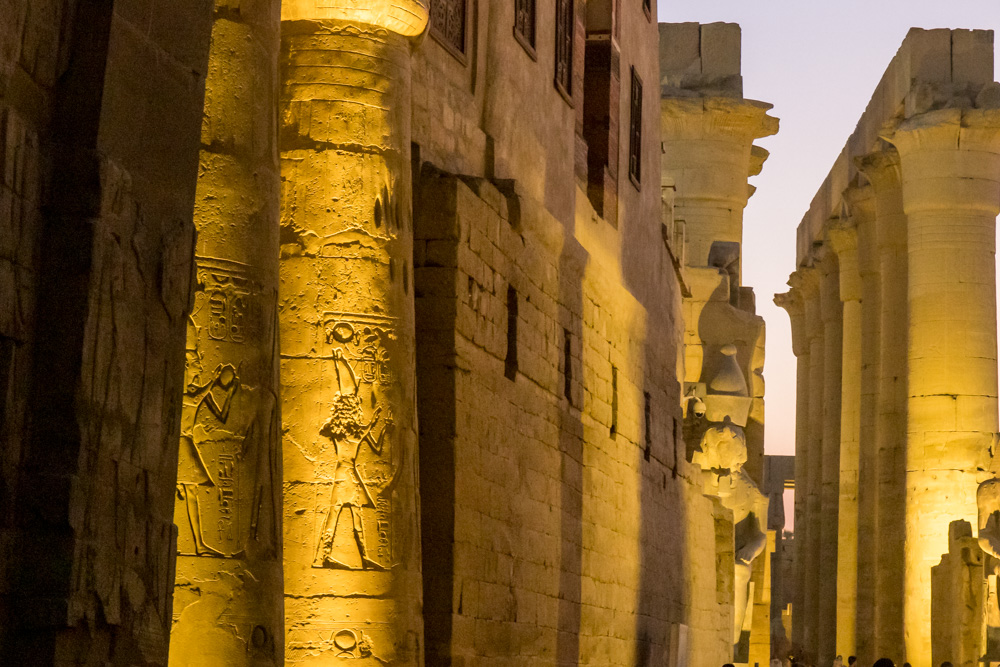
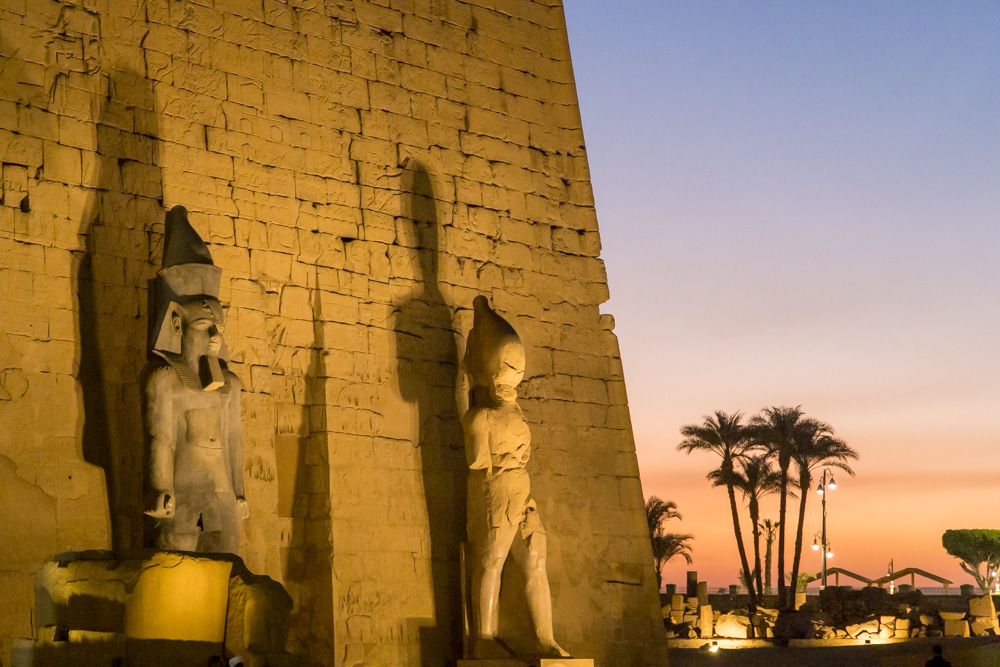
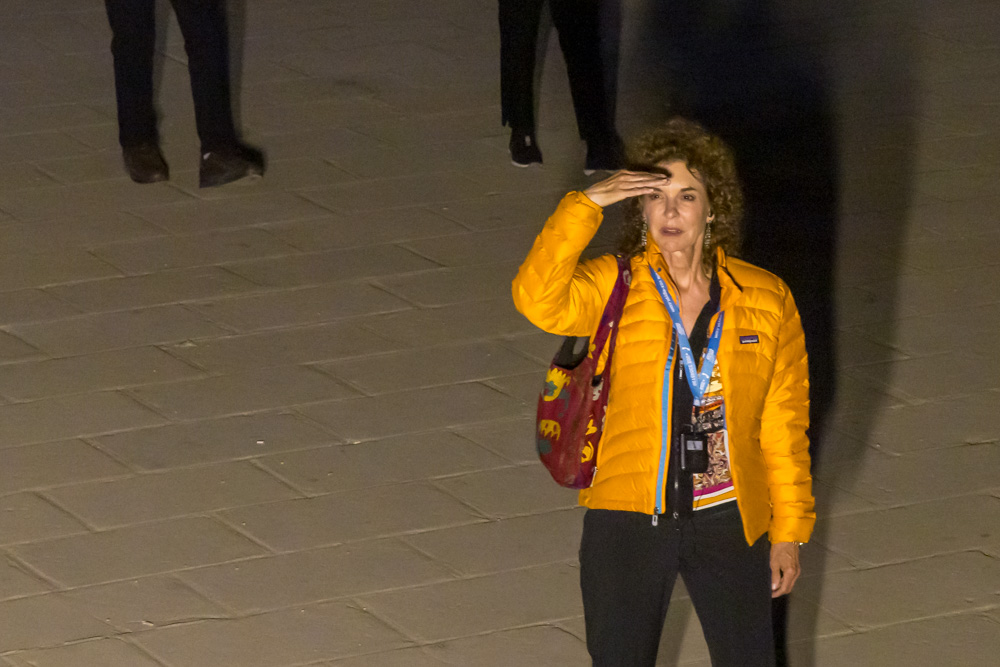
Virginia Ann searches for Cal in the lights of Luxor Temple.
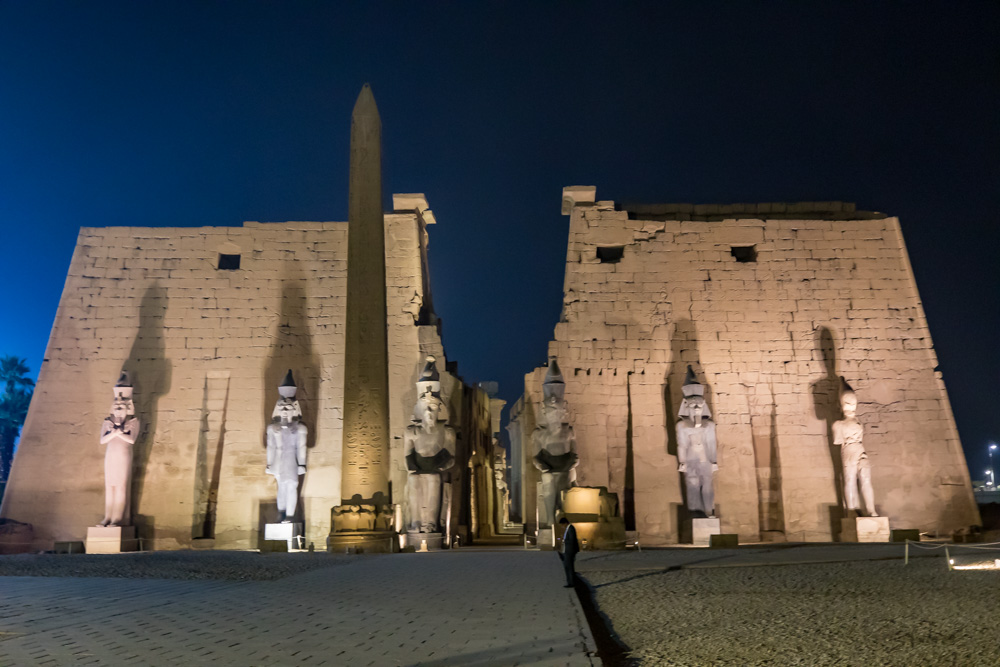
The temple was built by Amenhotep III (1390-52 BC) but completed by Tutankhamun (1336-27 BC) and Horemheb (1323-1295 BC) and then added to by Ramesses II (1279-13 BC). Toward the rear is a granite shrine dedicated to Alexander the Great (332-305 BC).
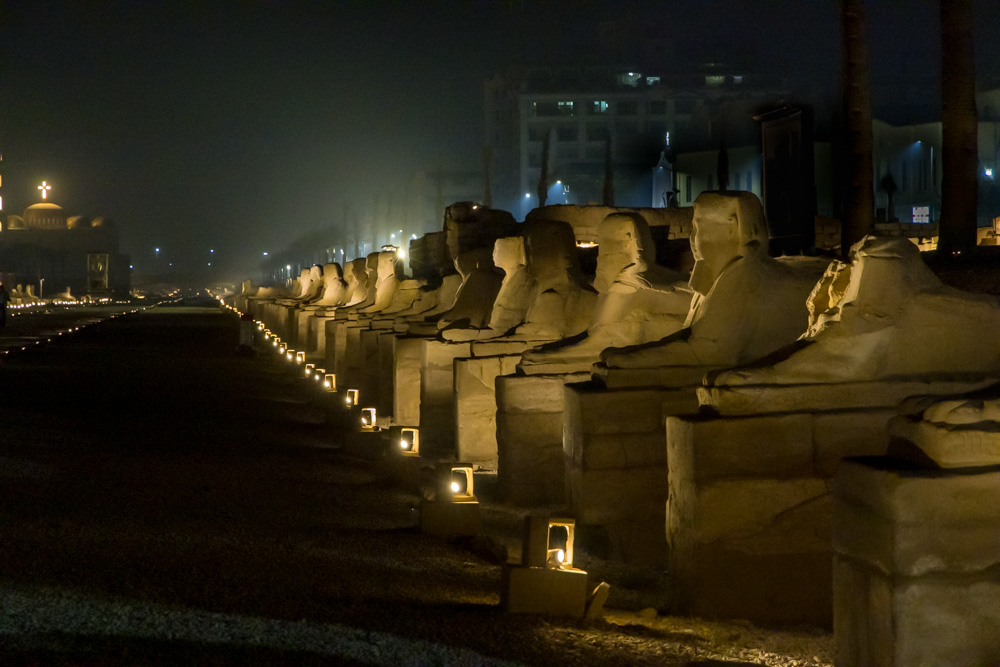
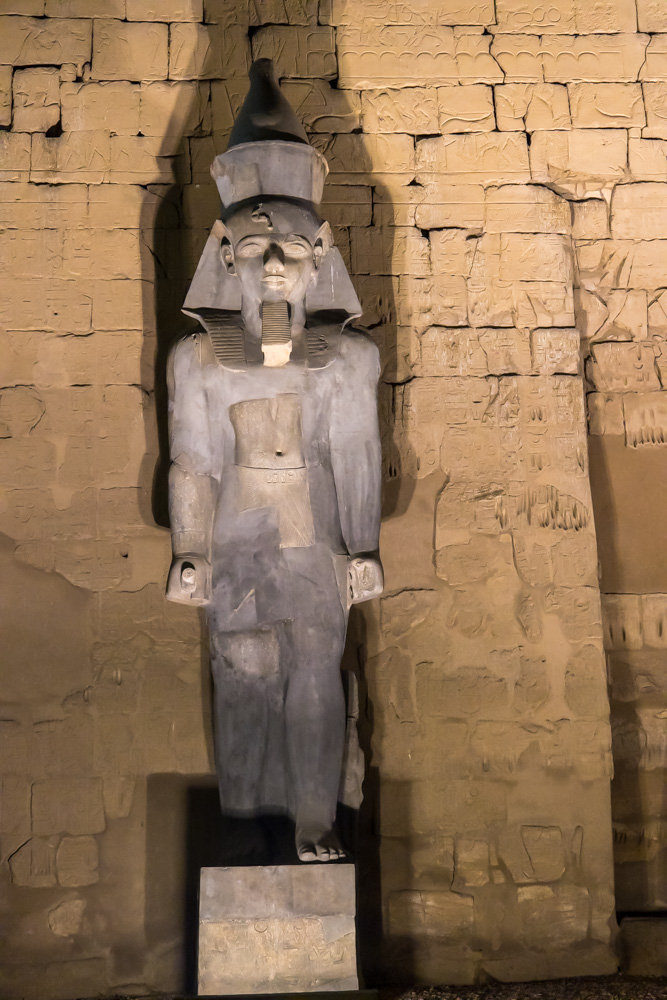
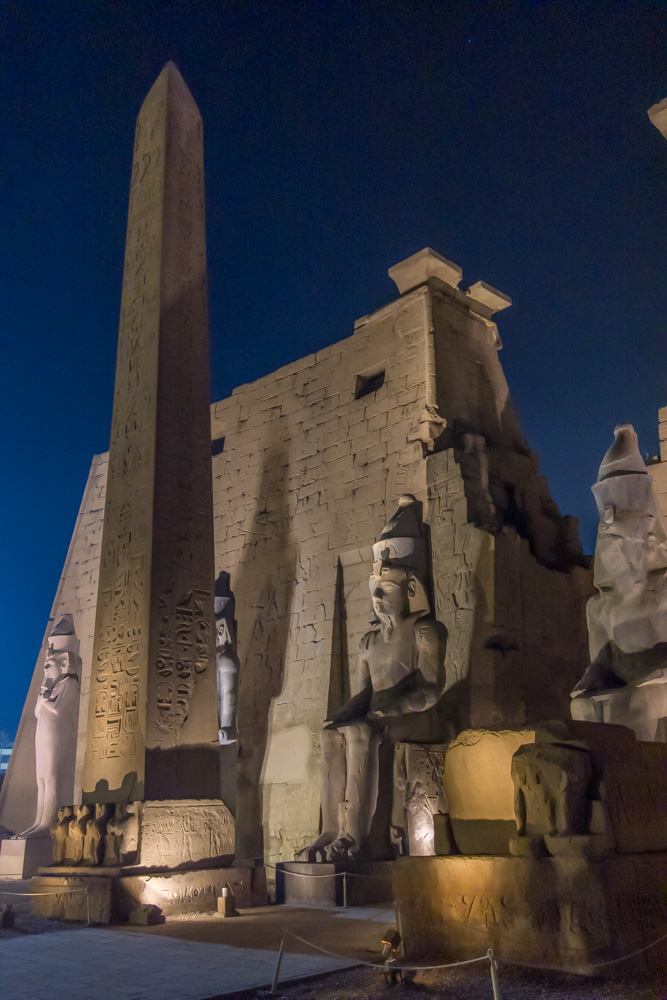
The granite used to make obelisks was quarried in southern Egypt near the ancient city of Swenett (the modern town of Aswan). We would visit the quarry and see the unfinished obelisk.
